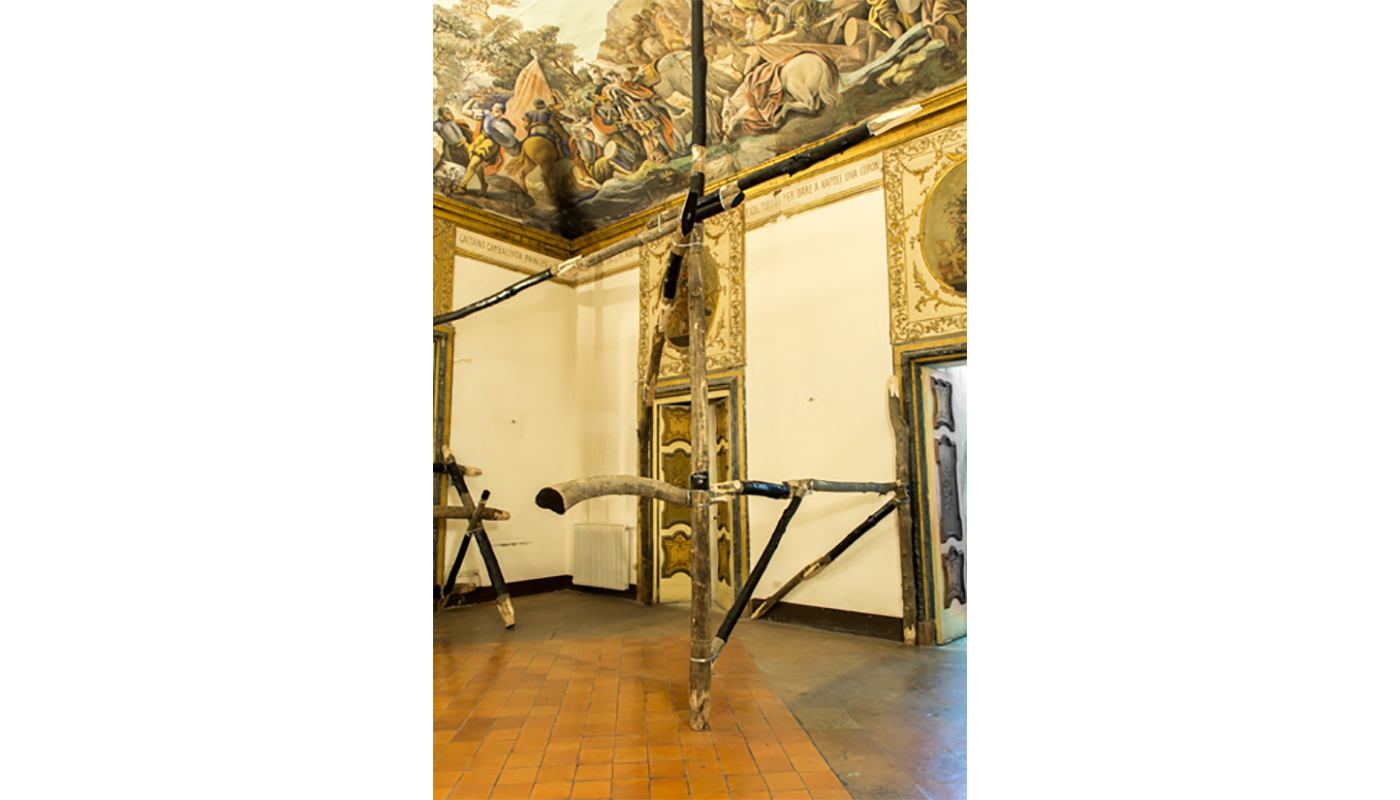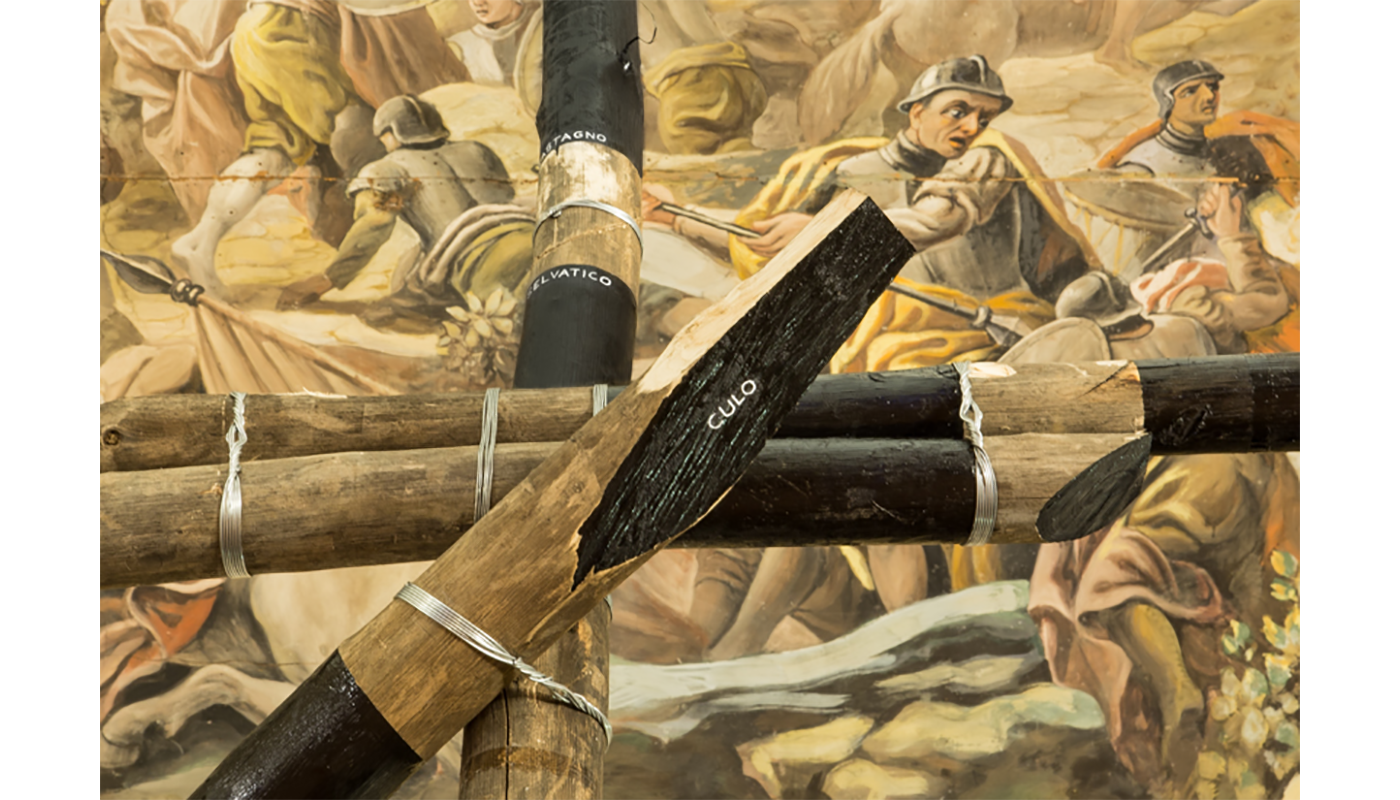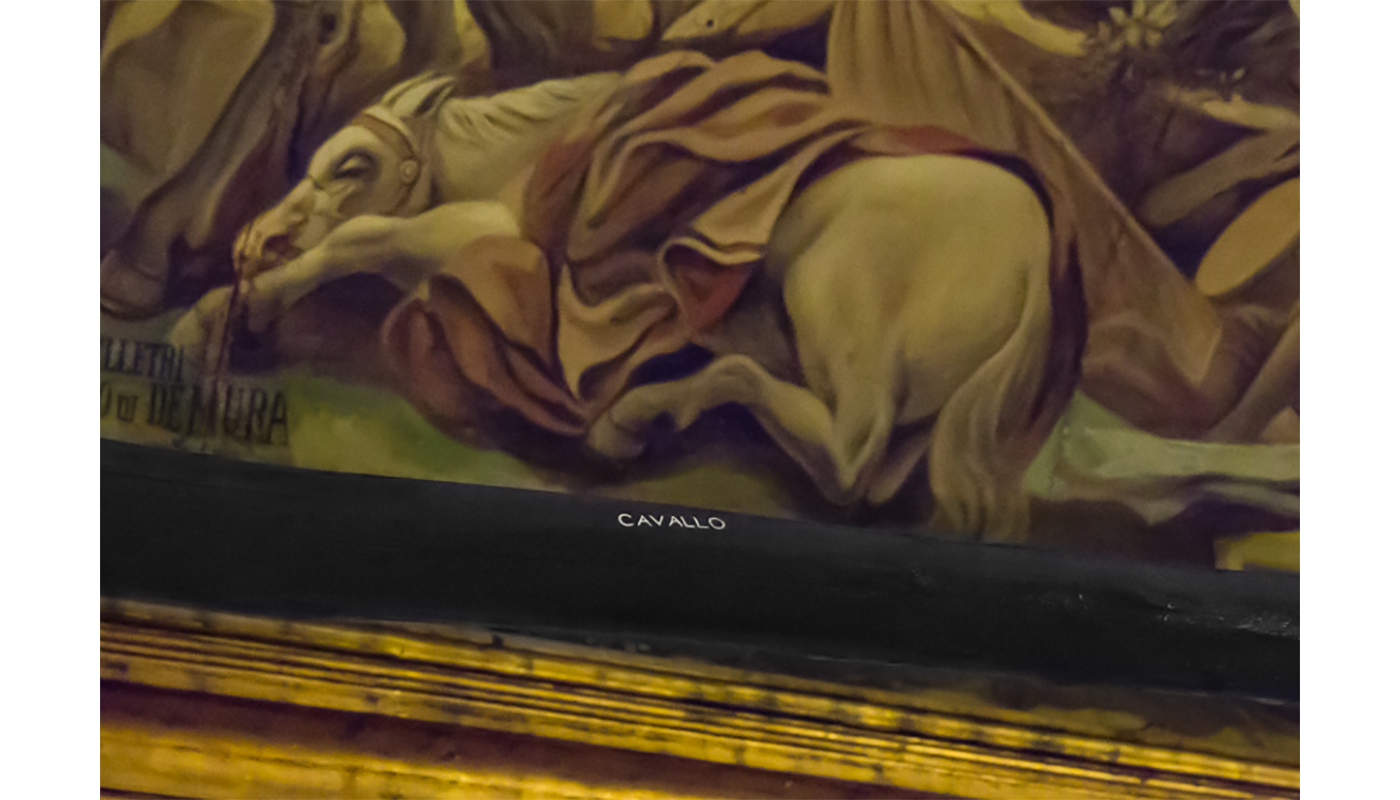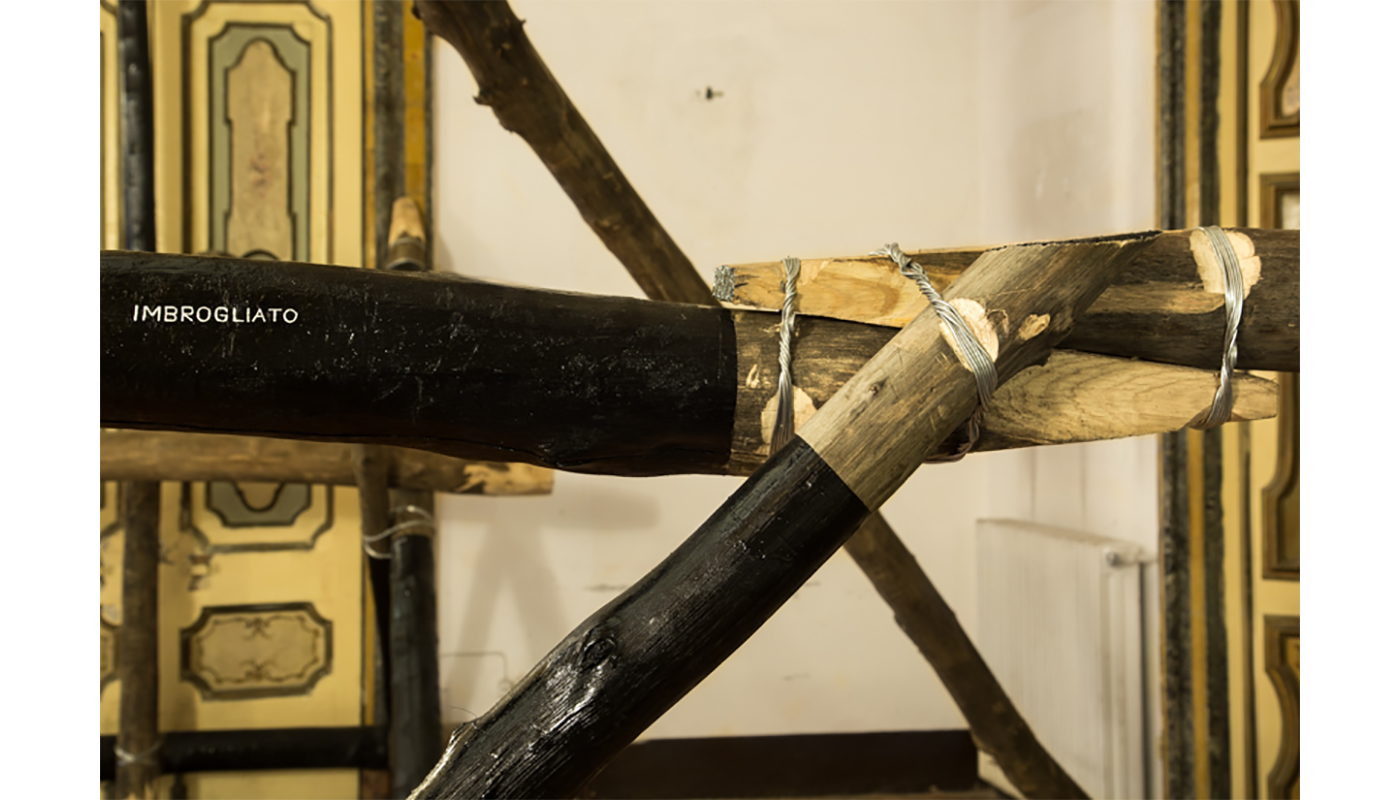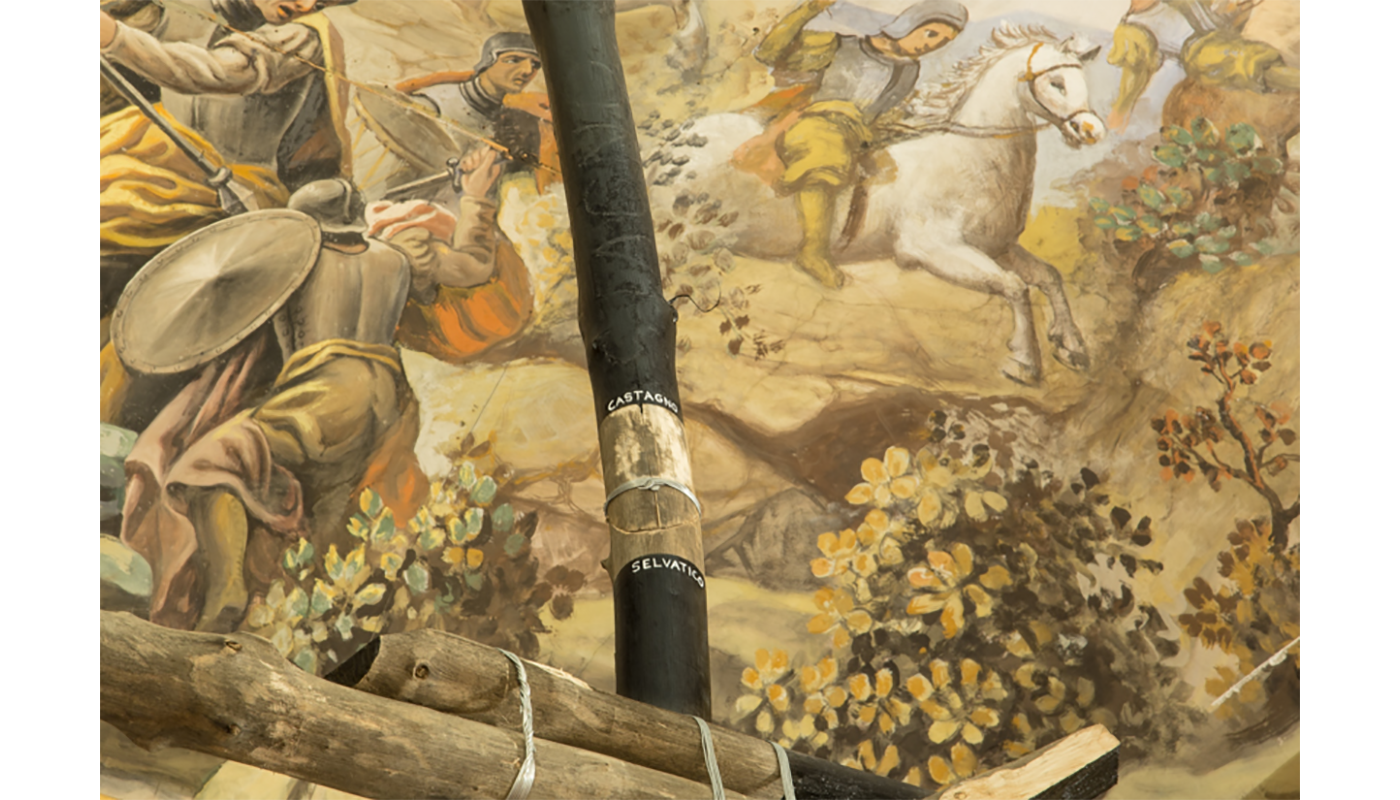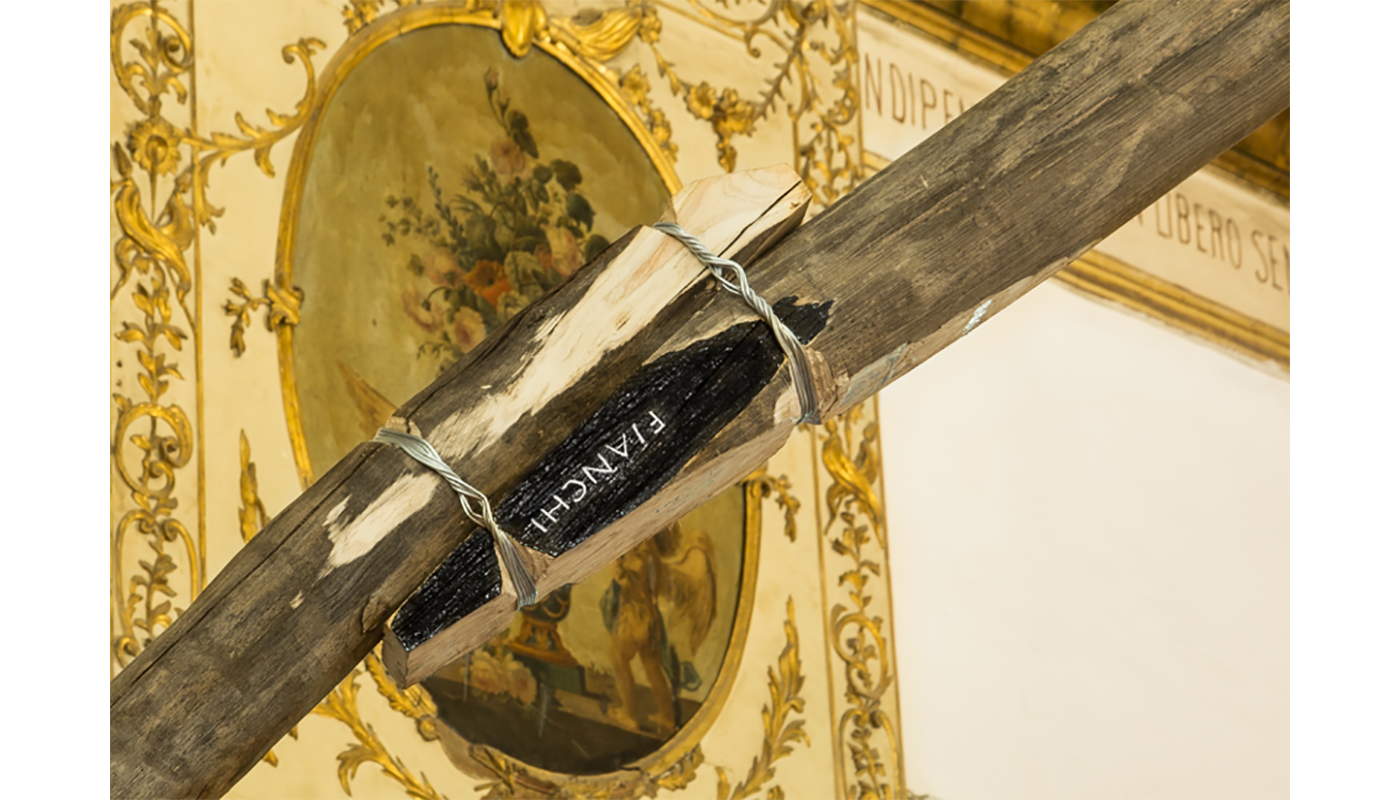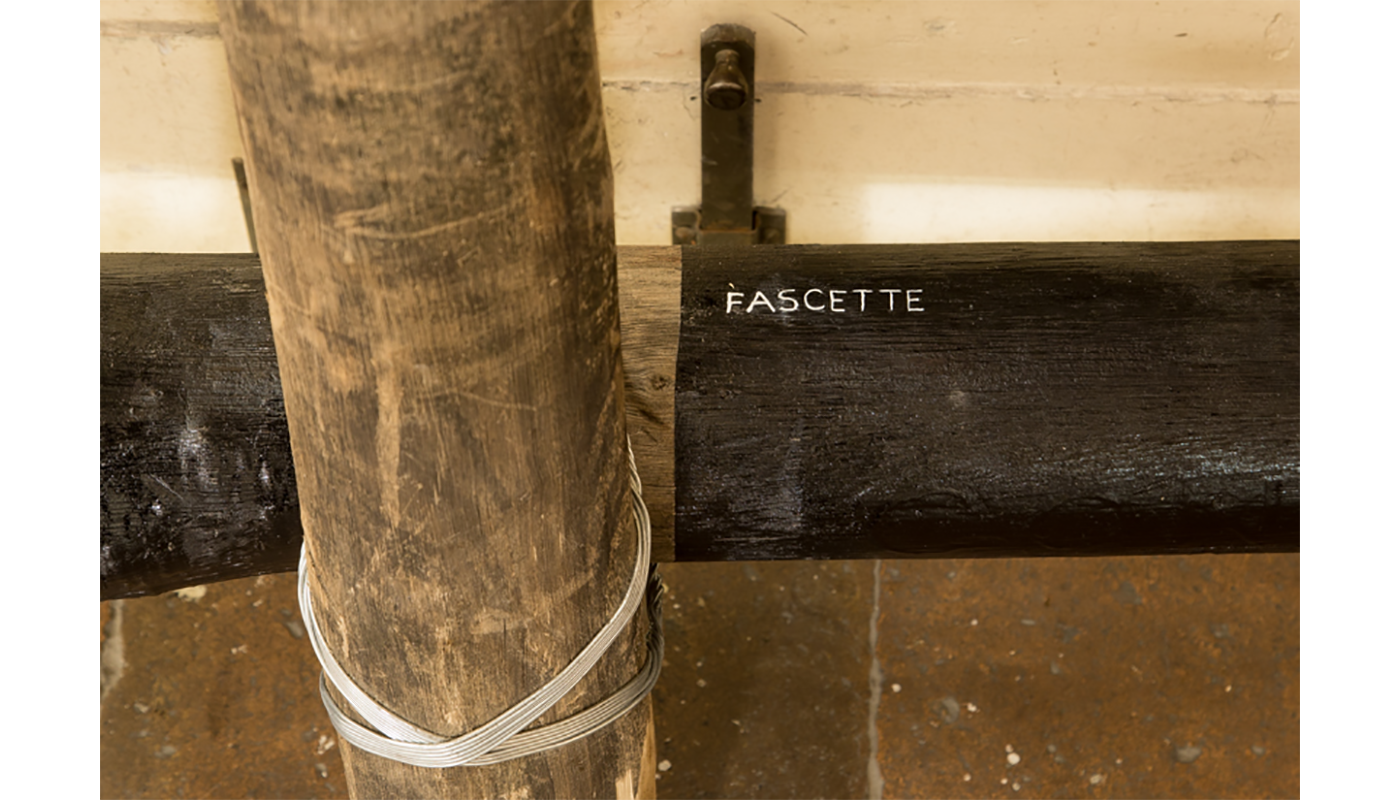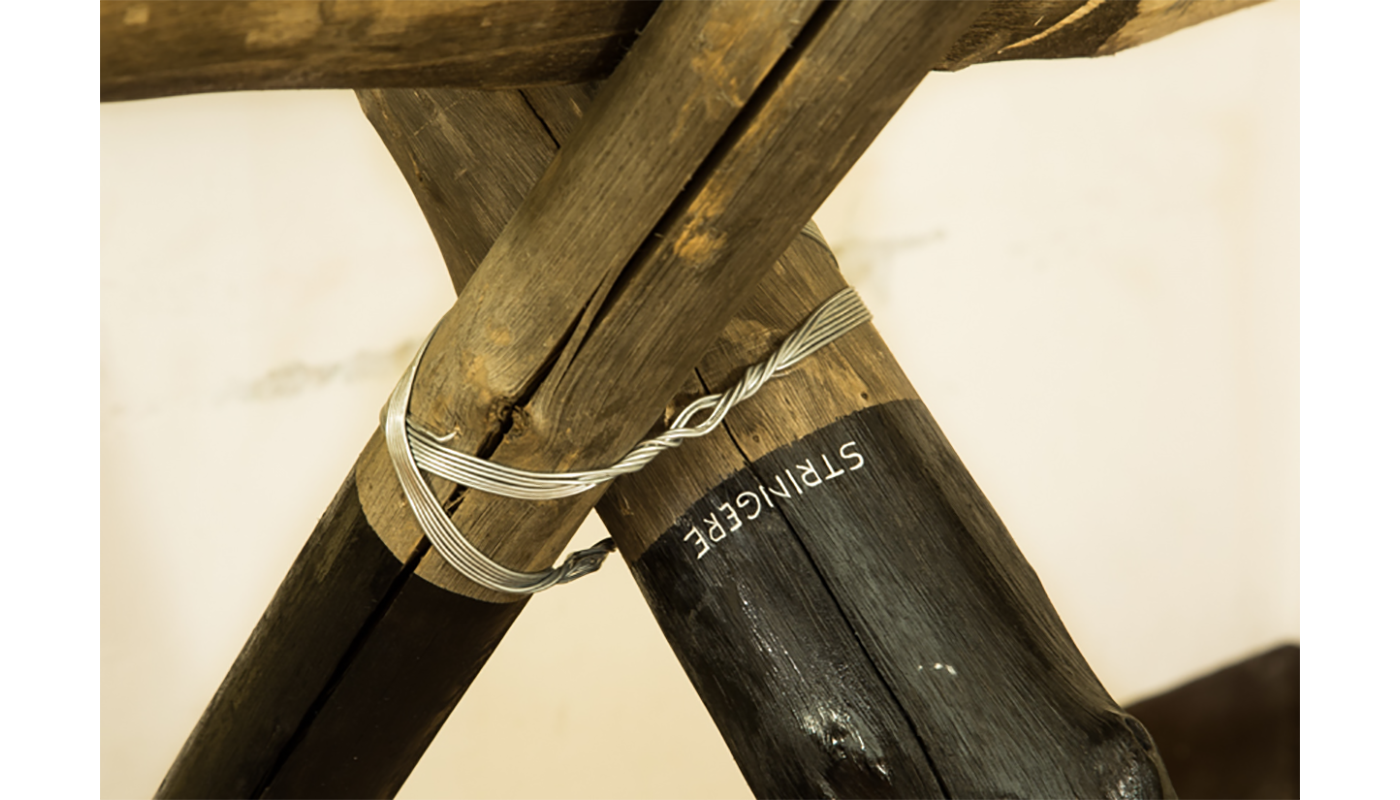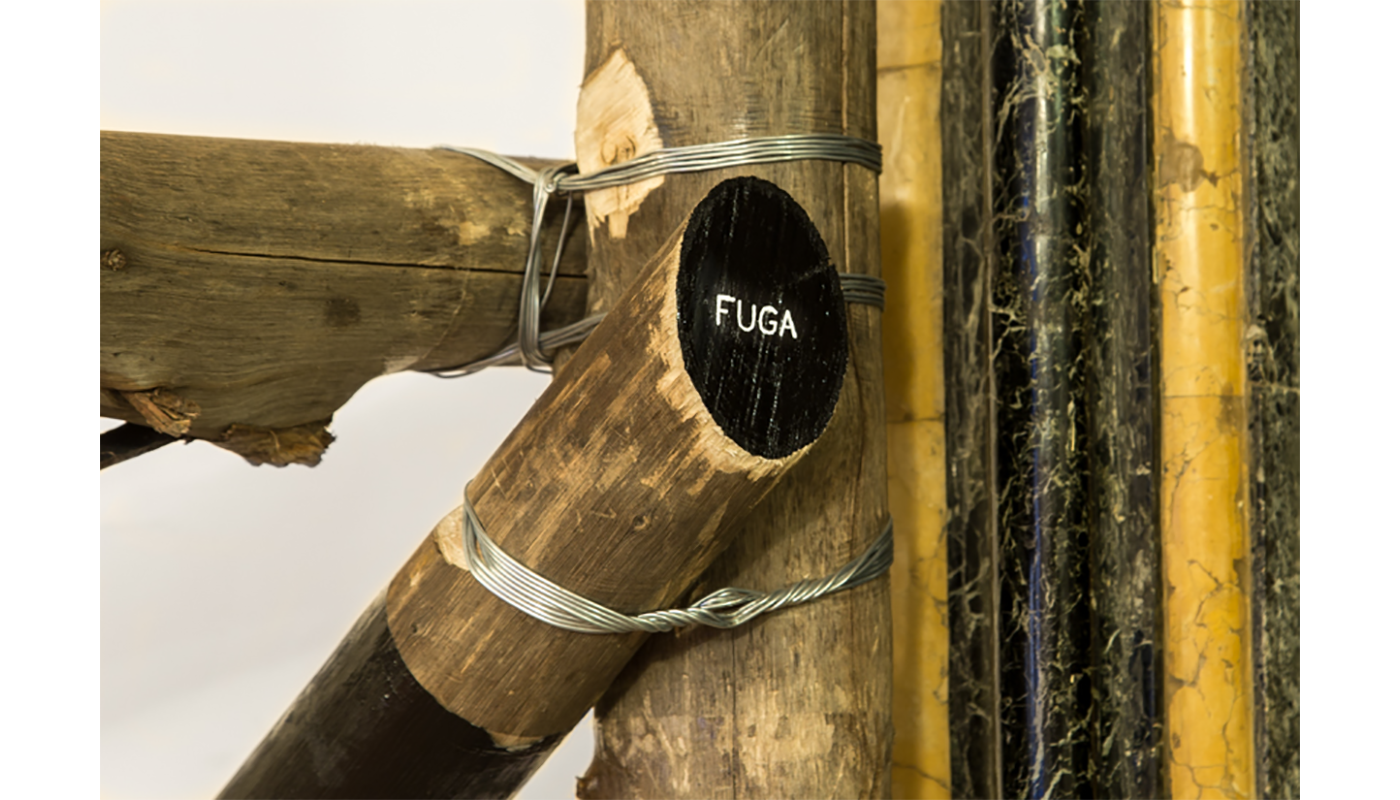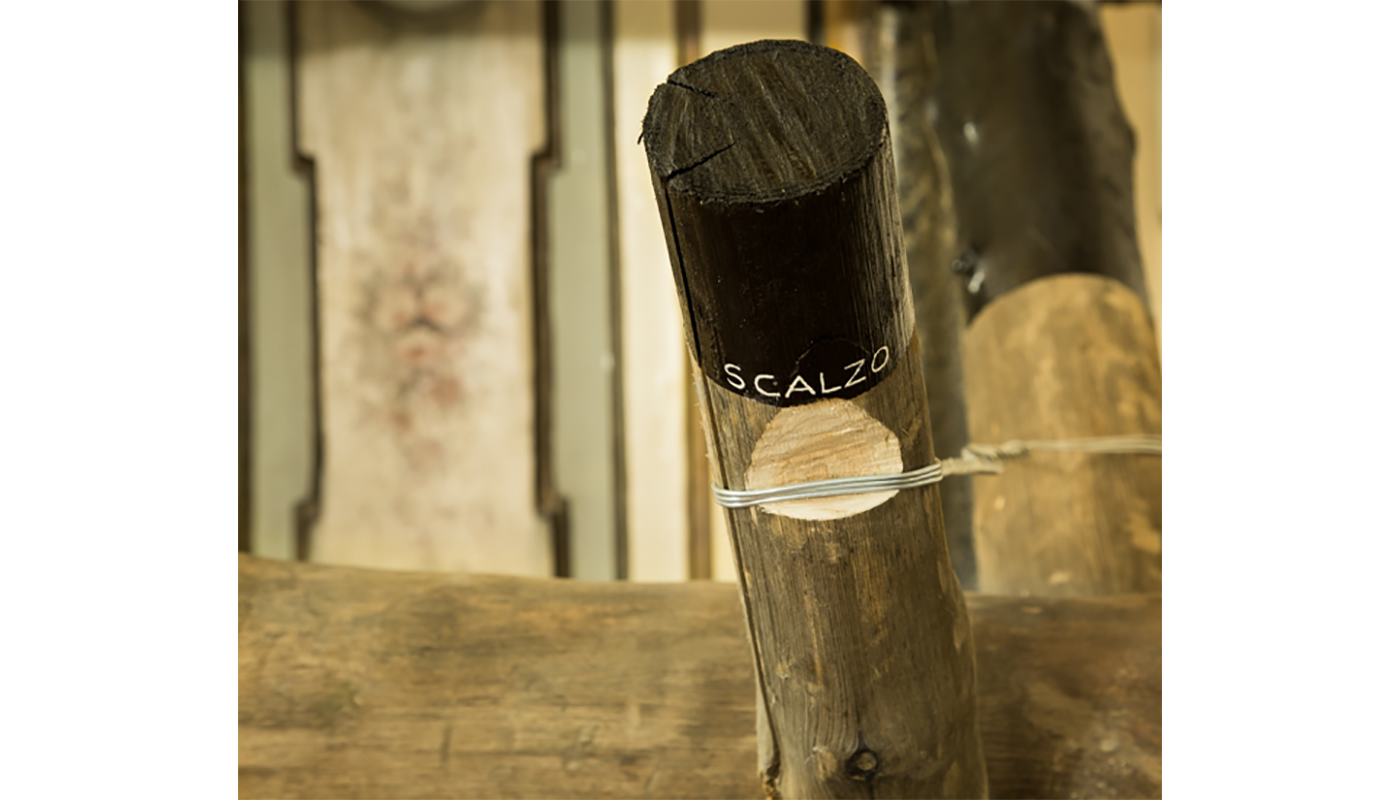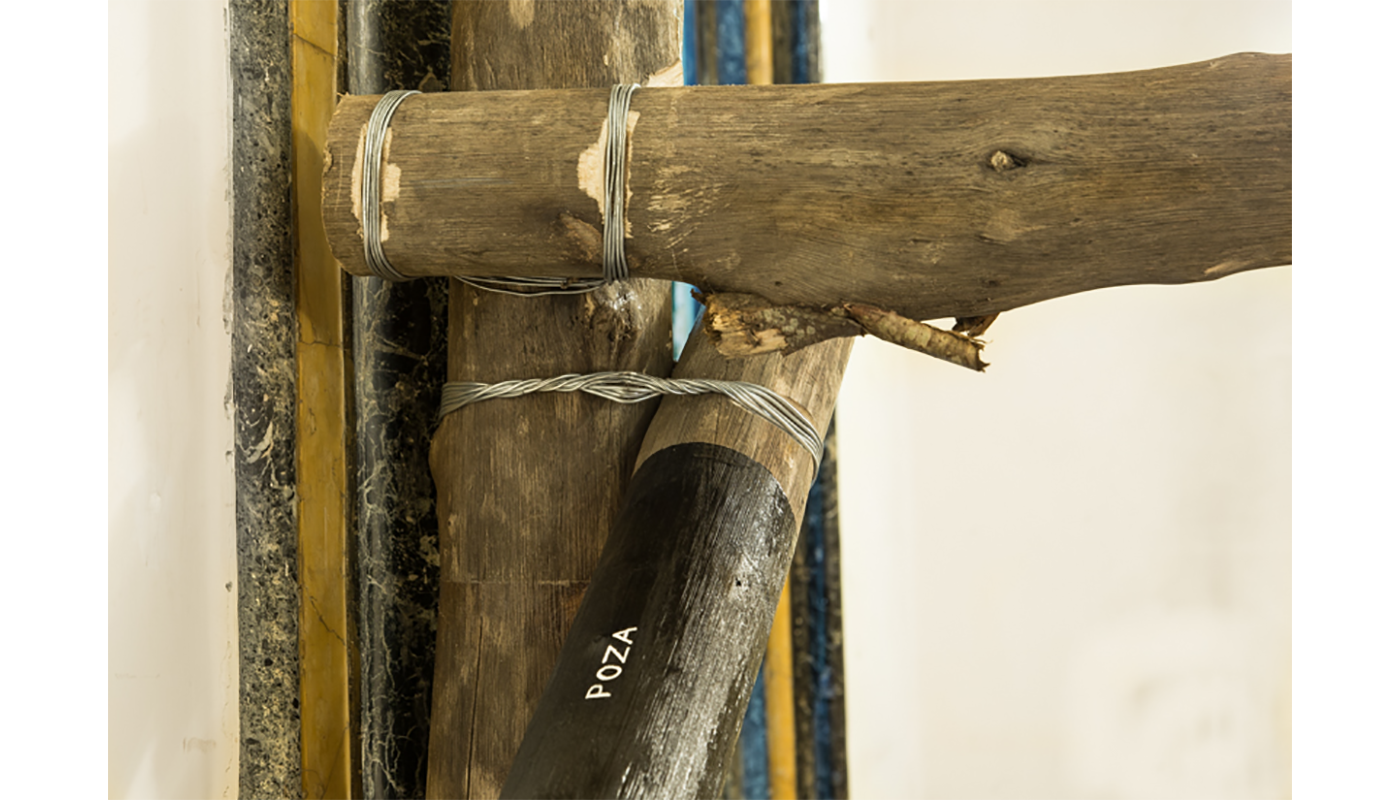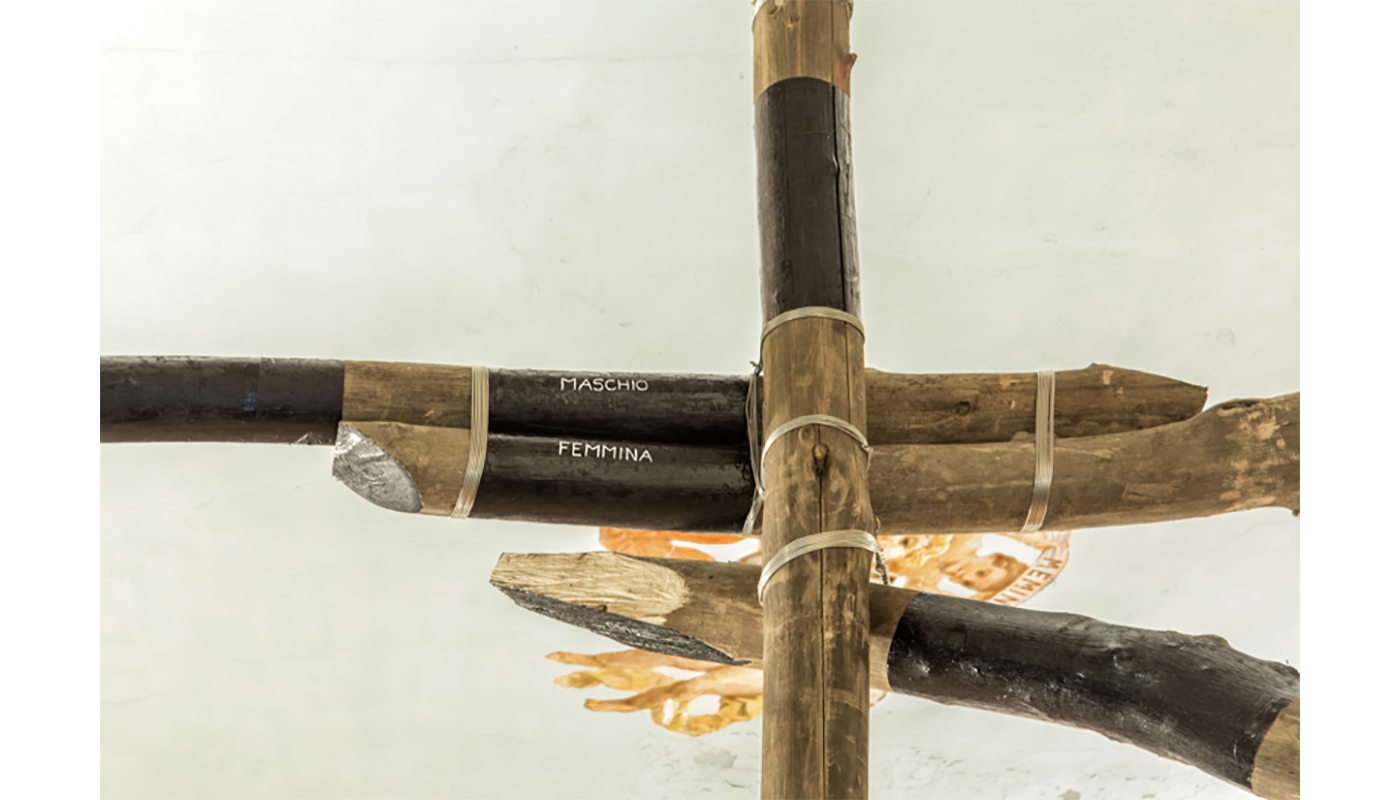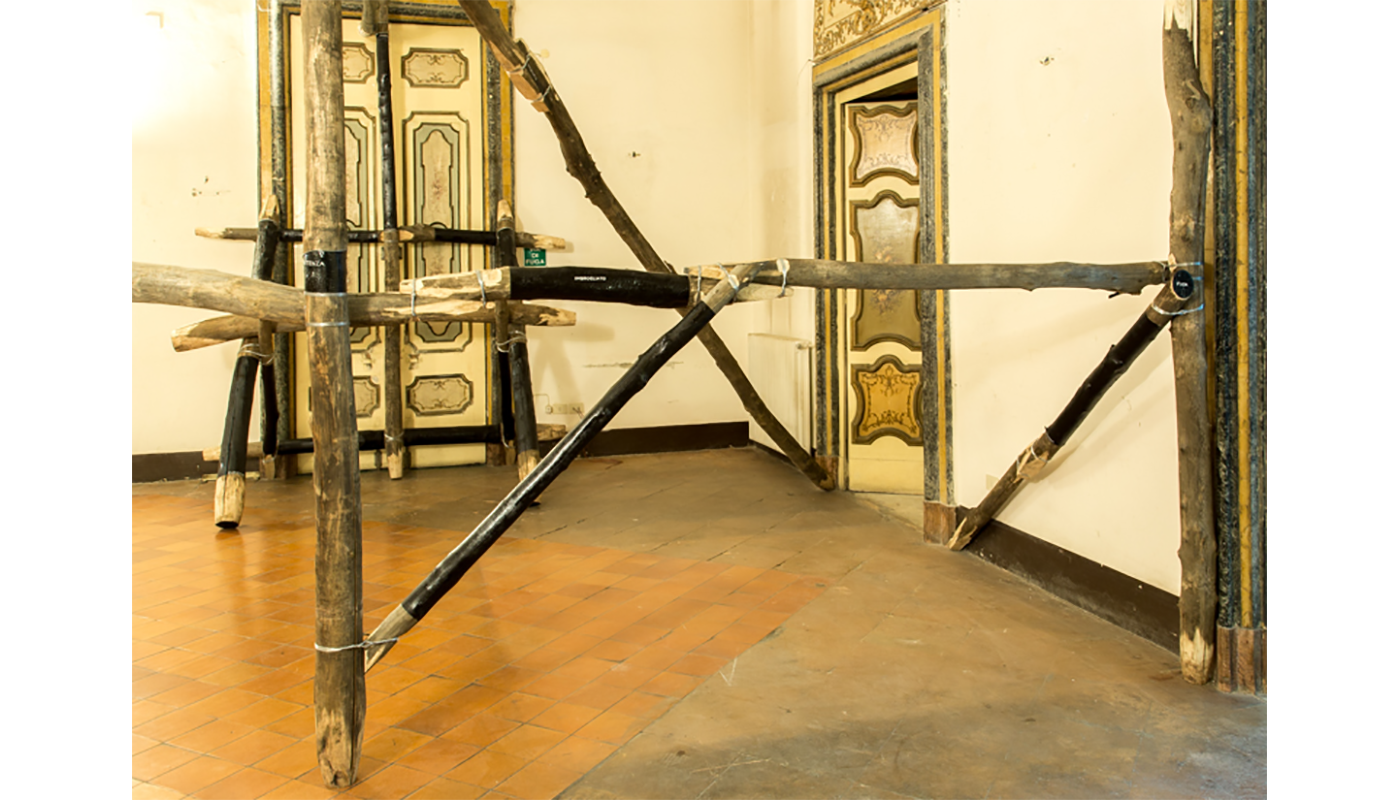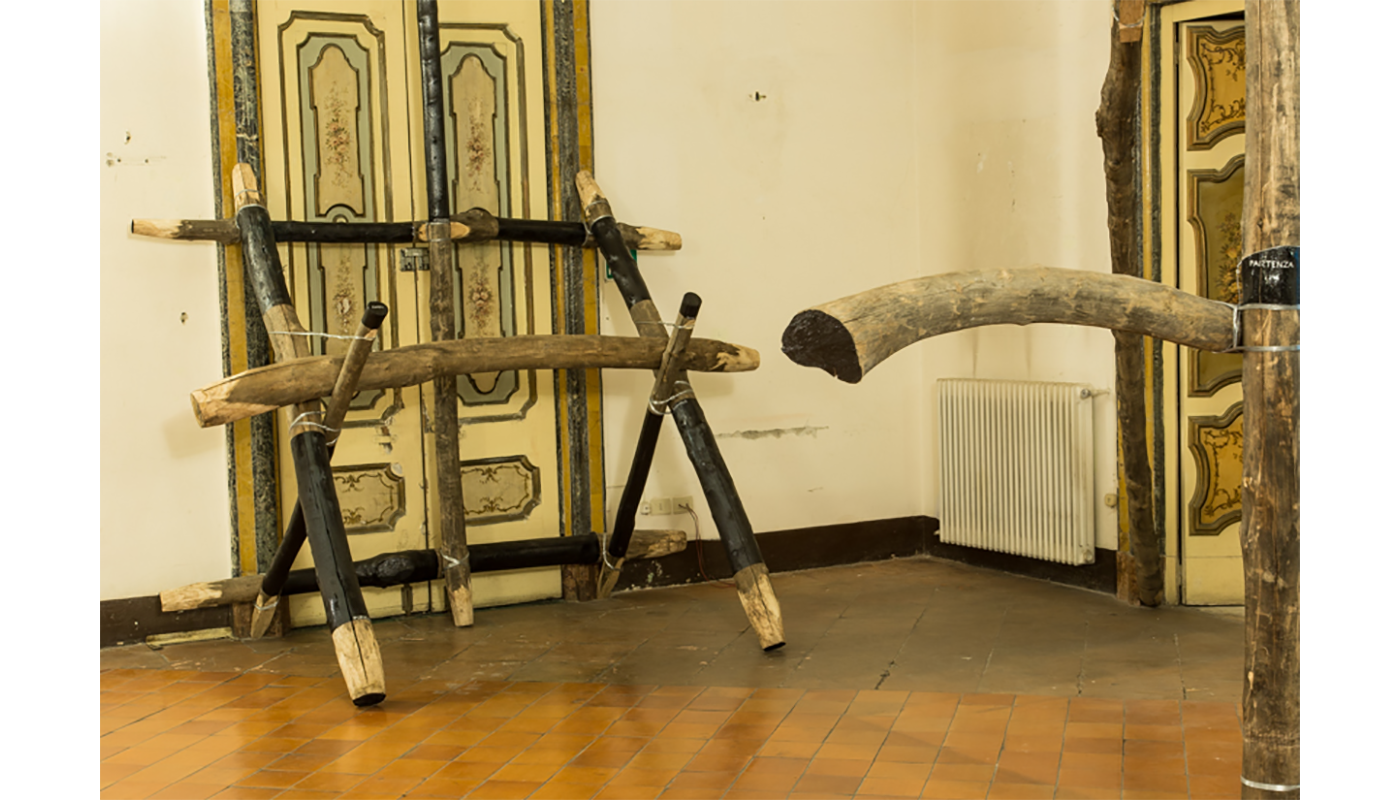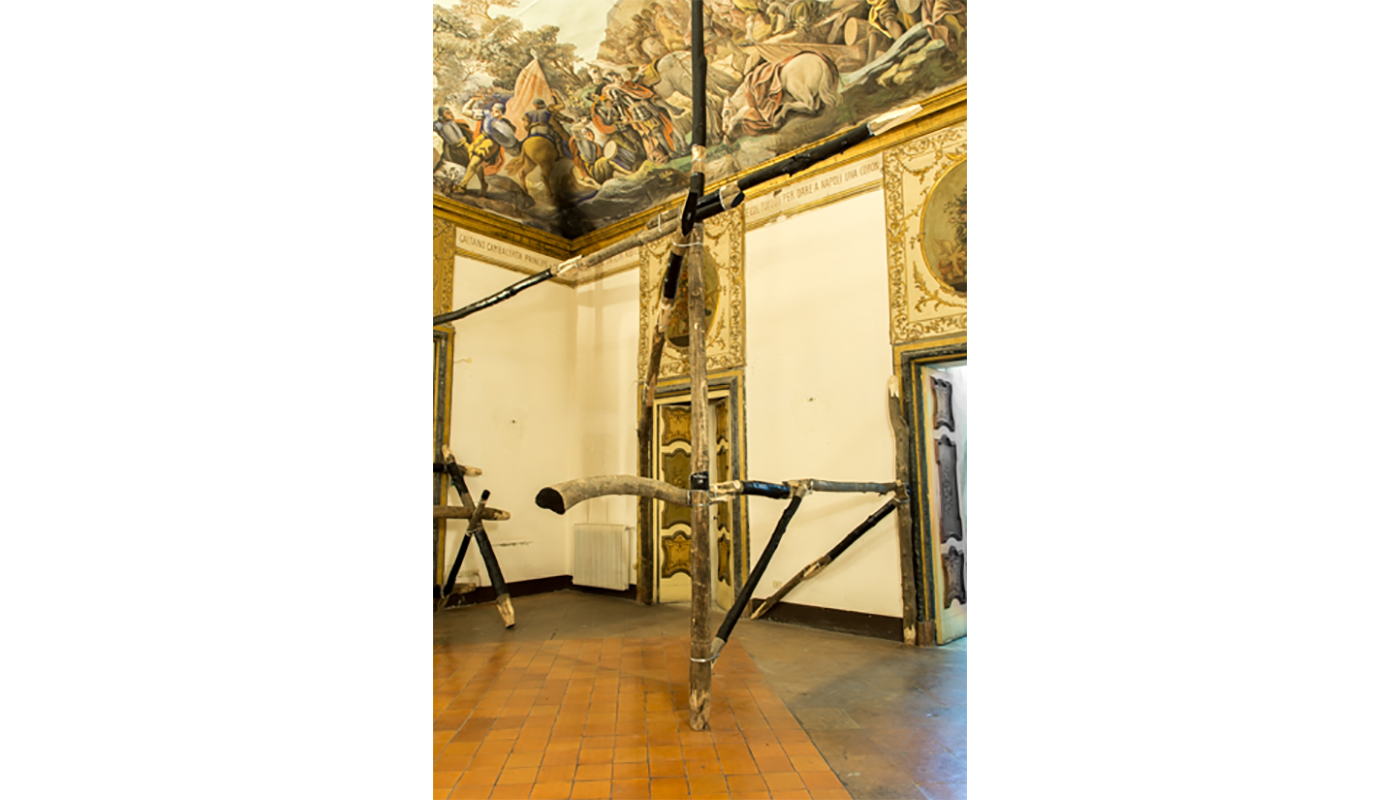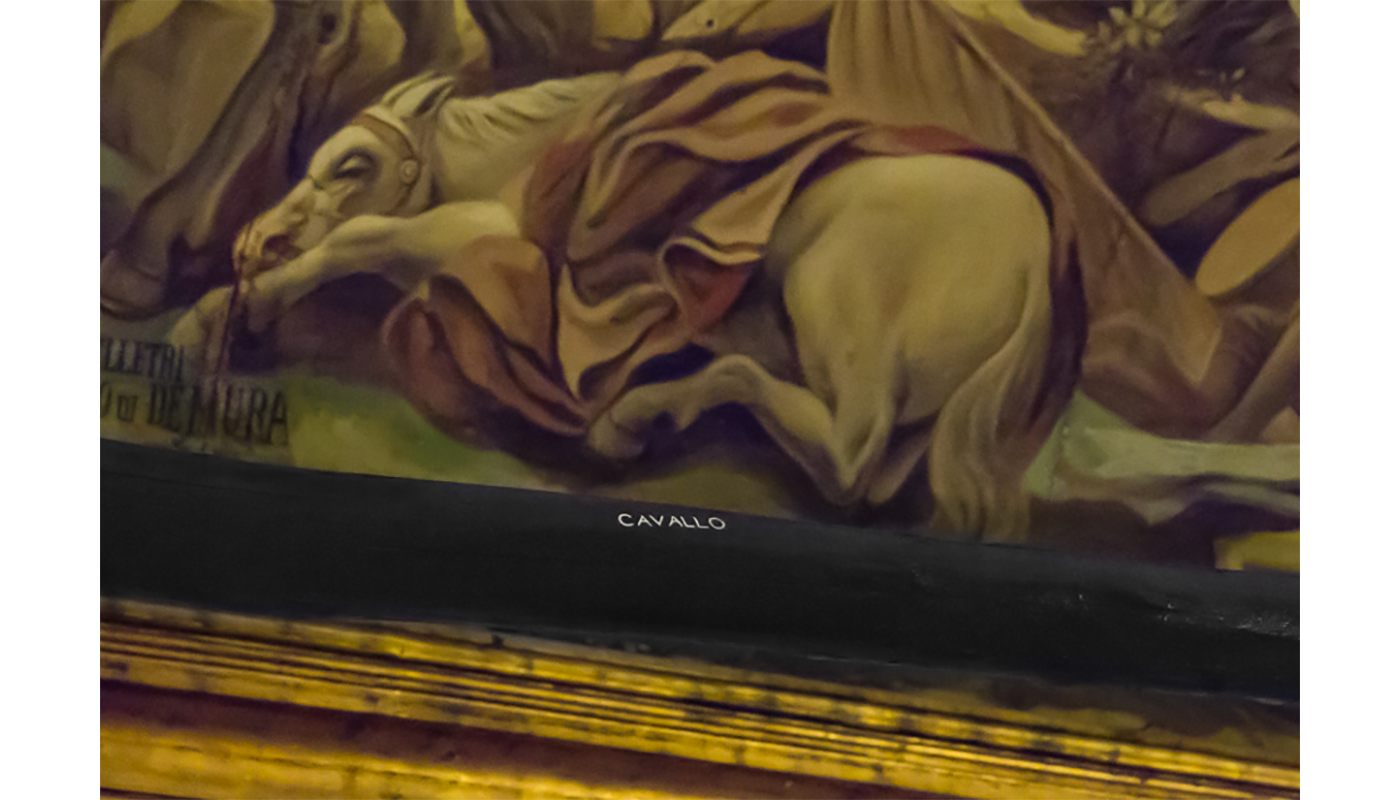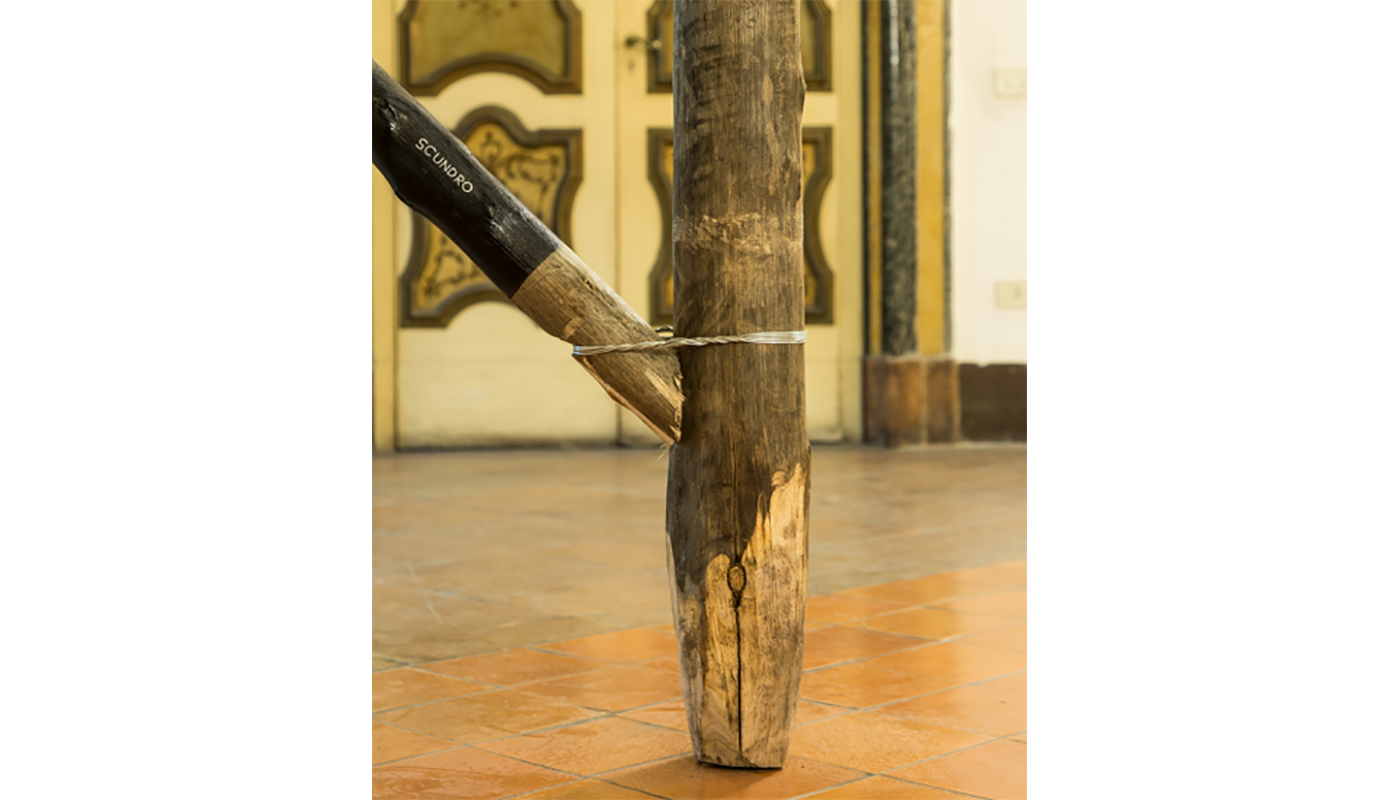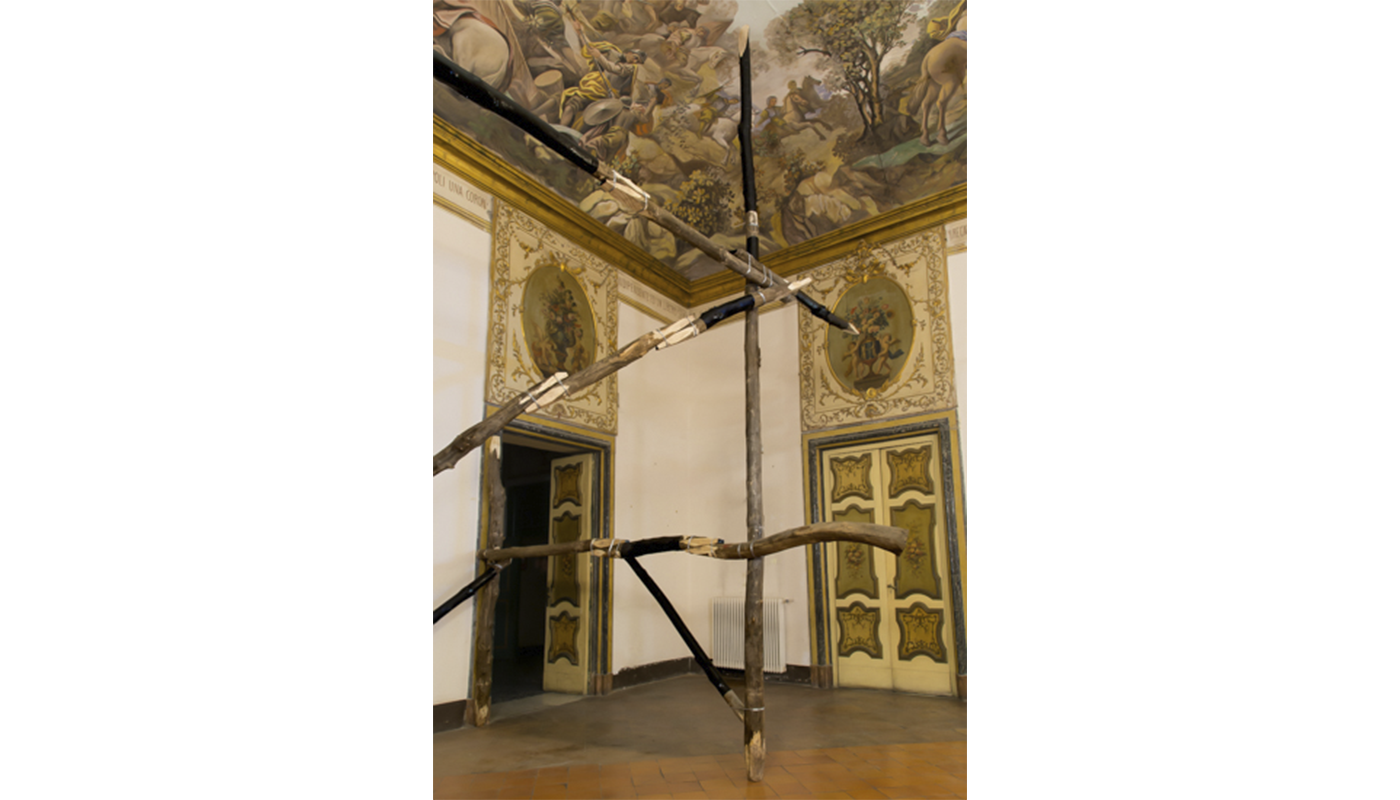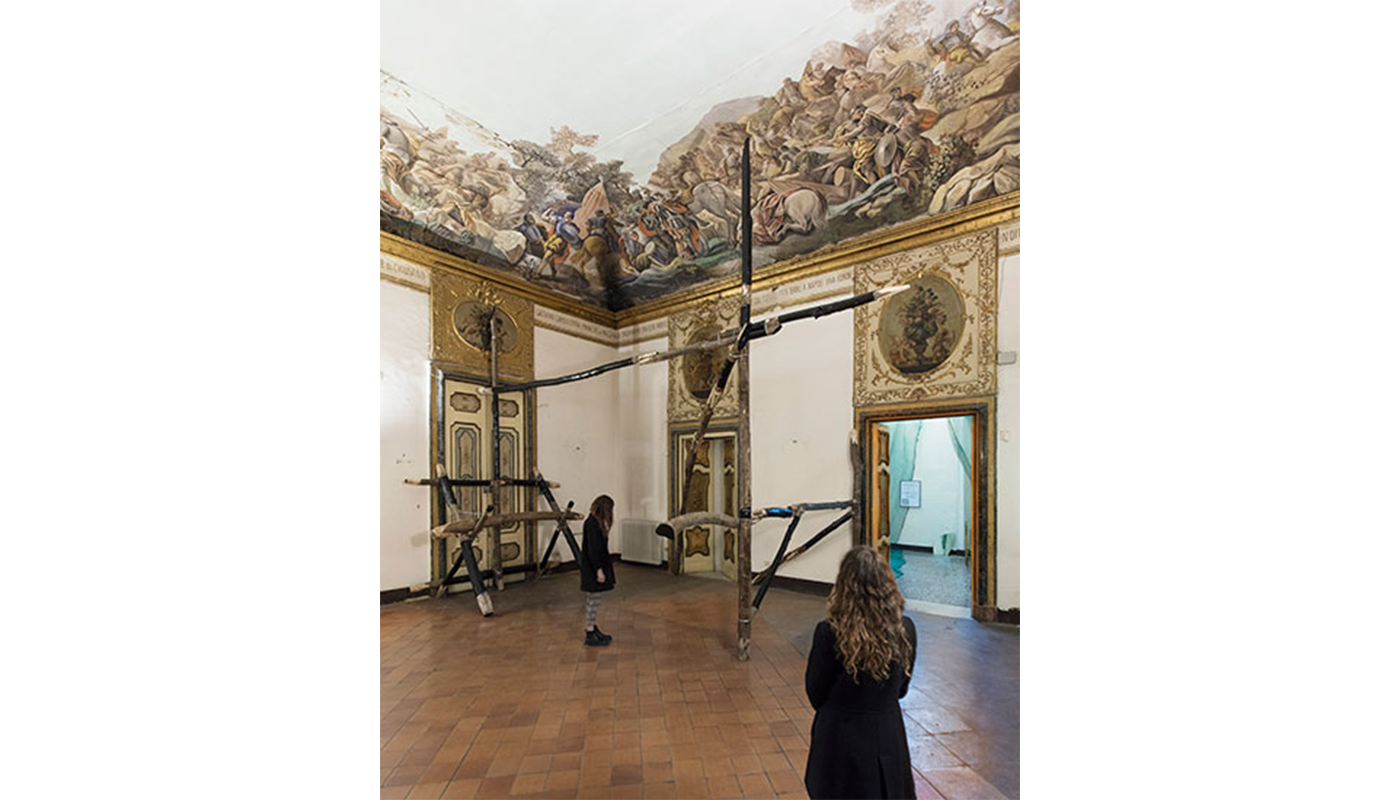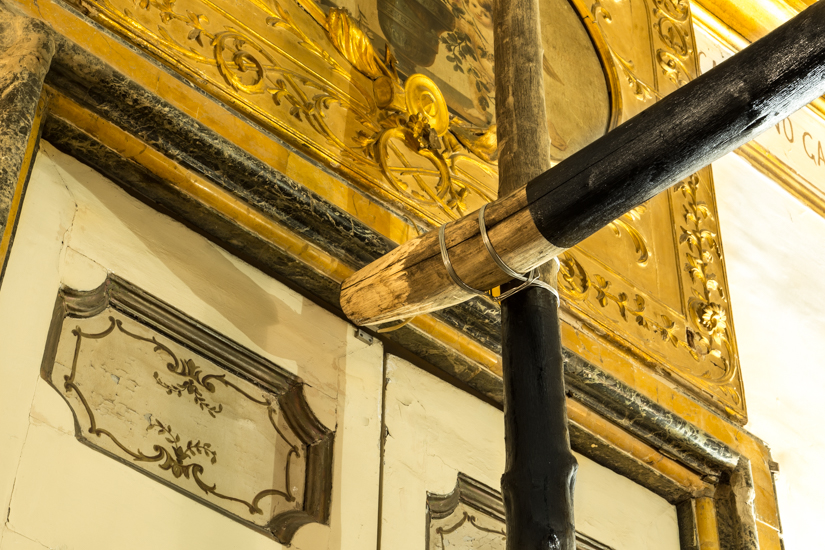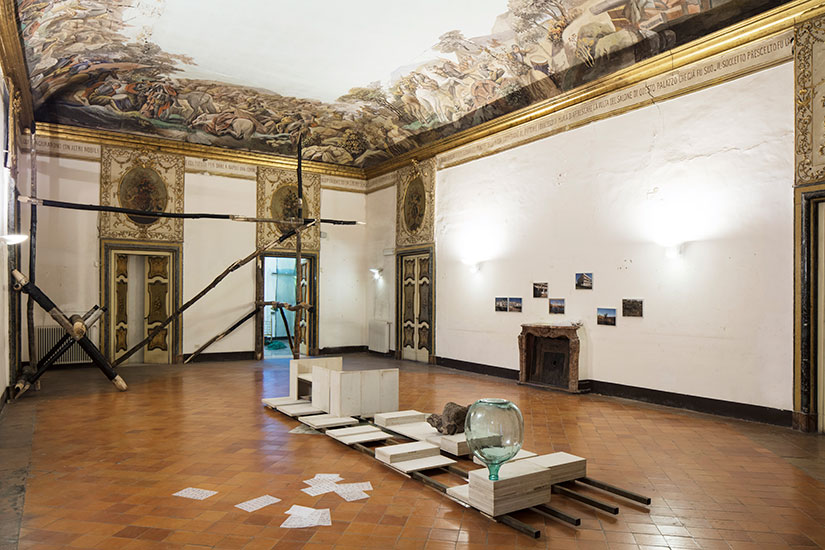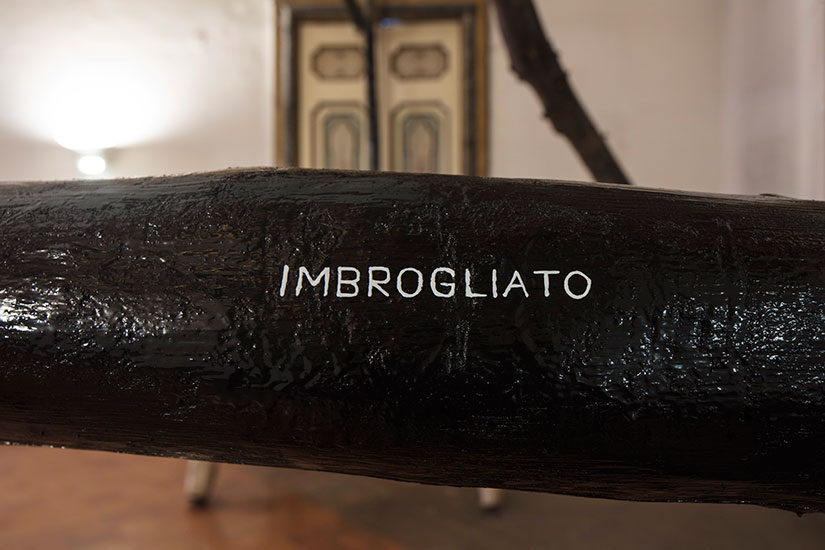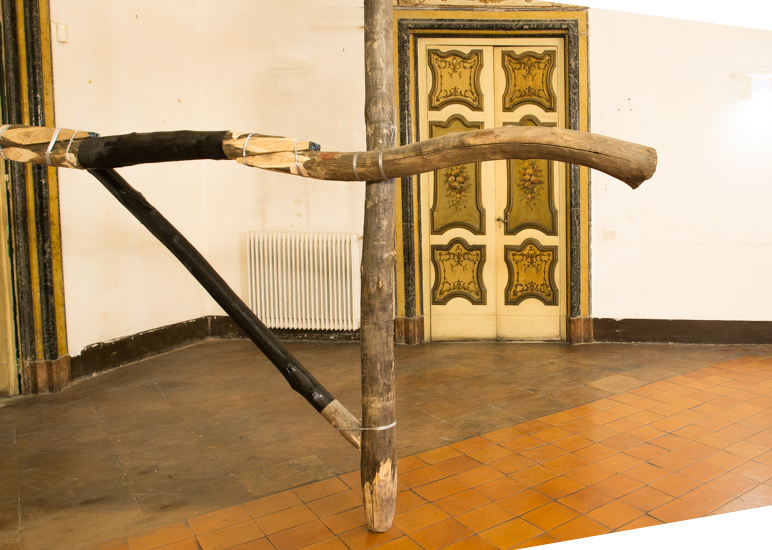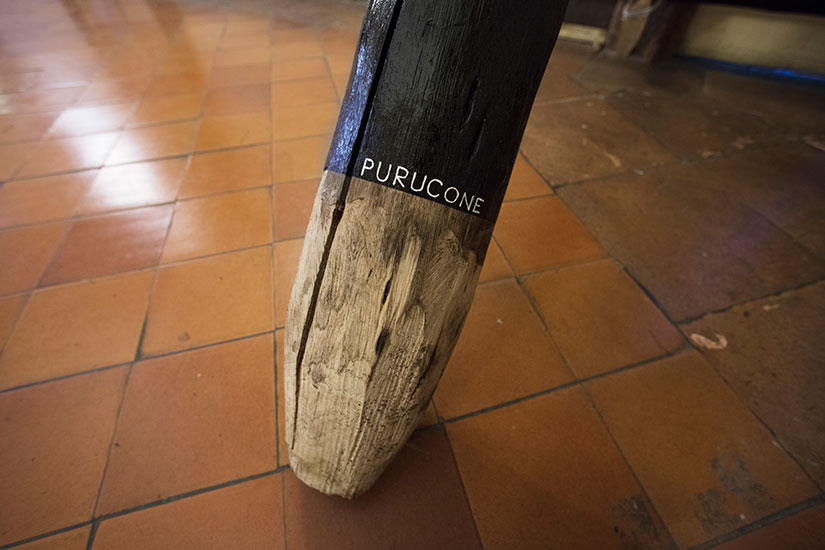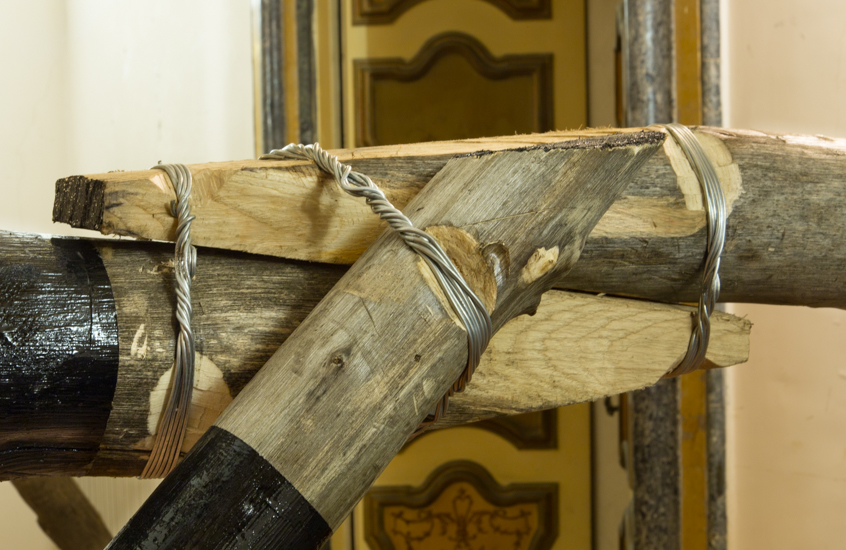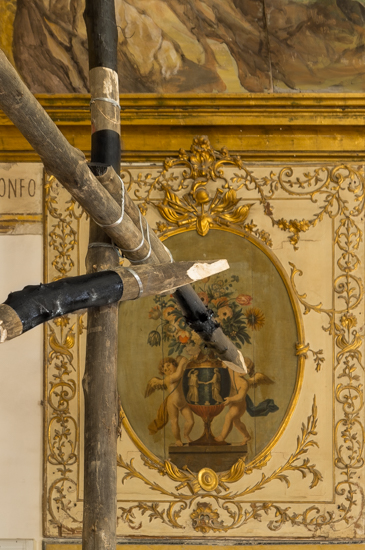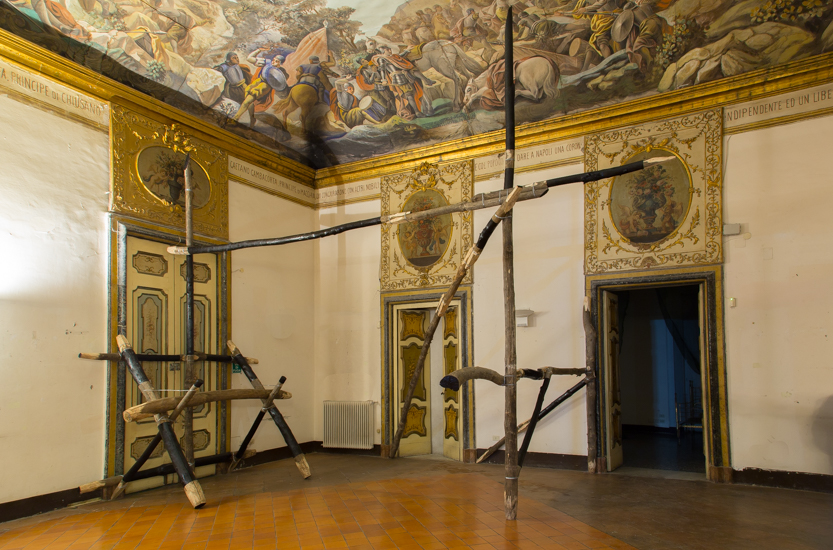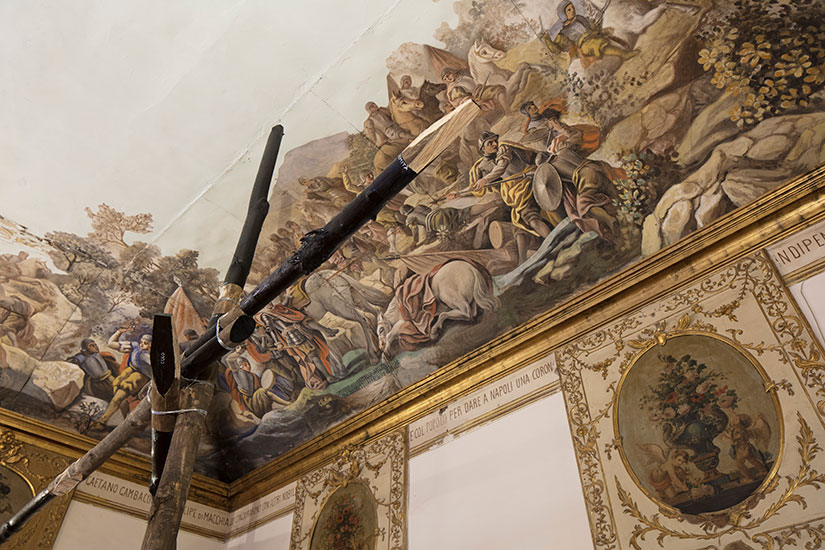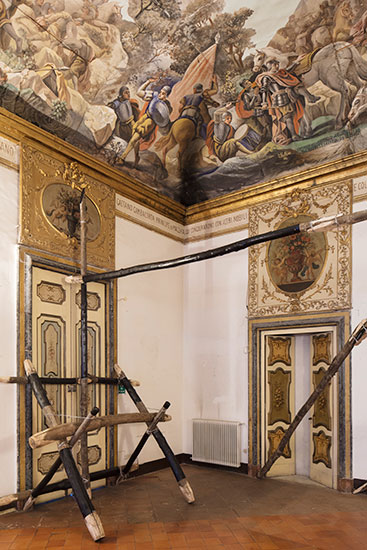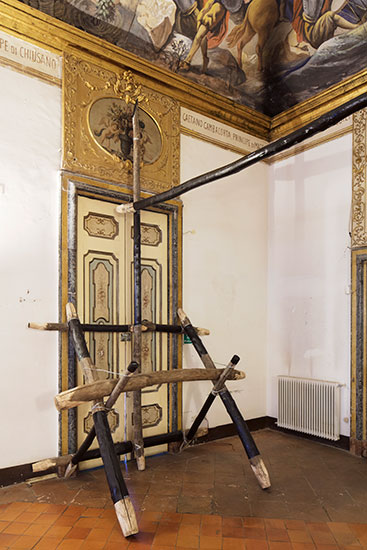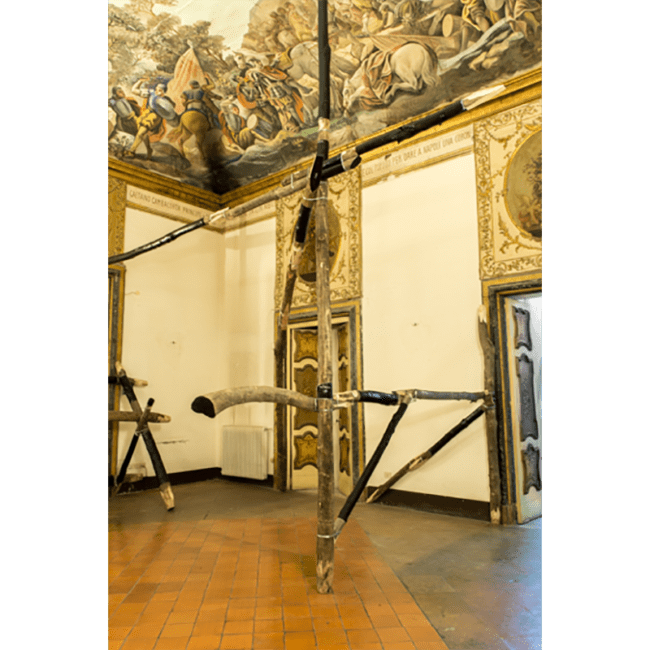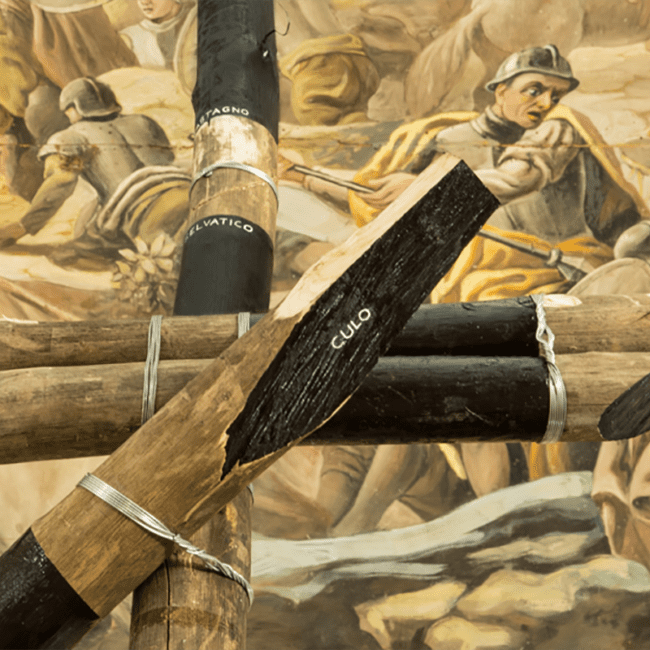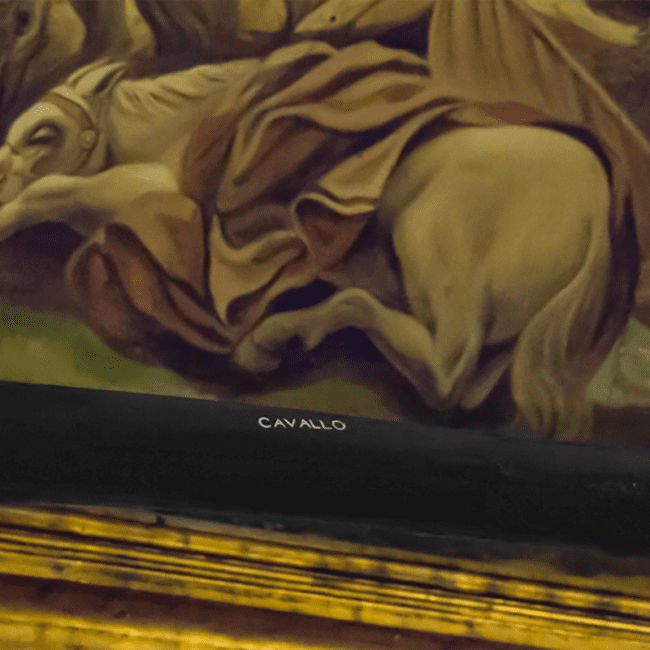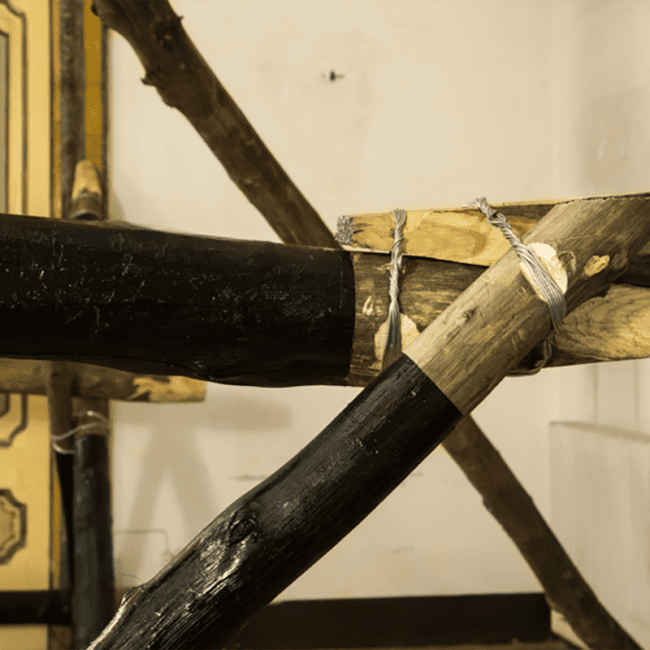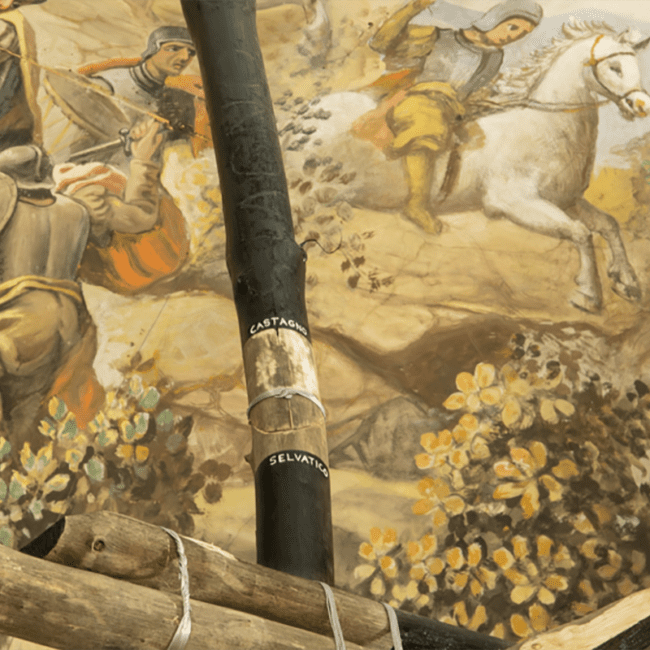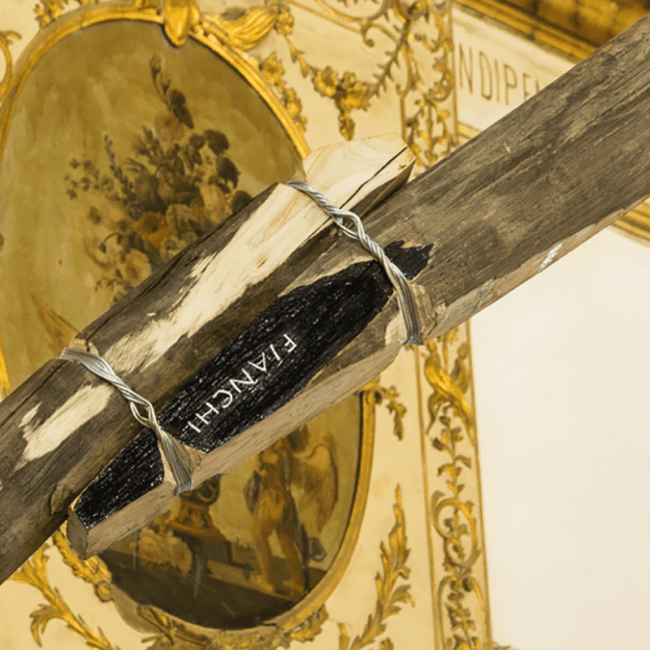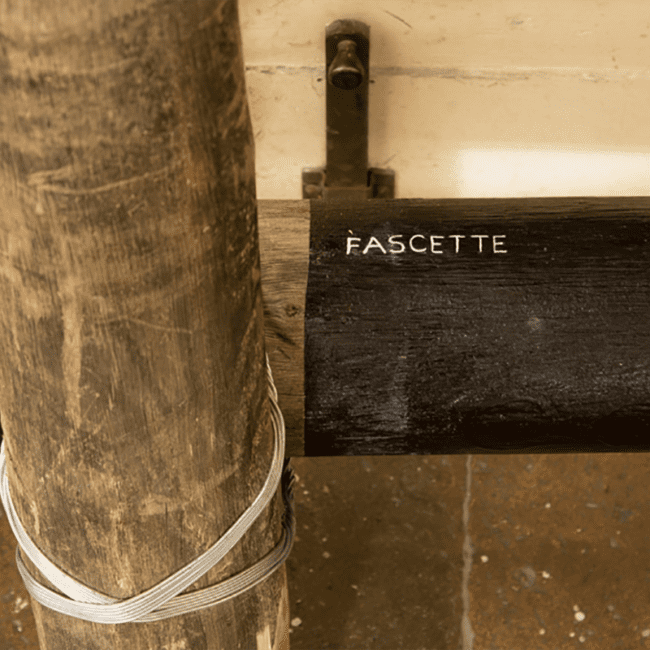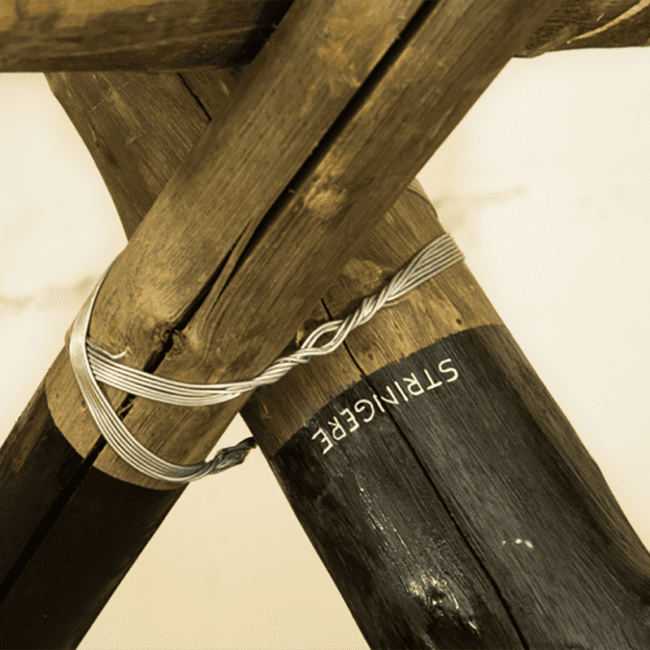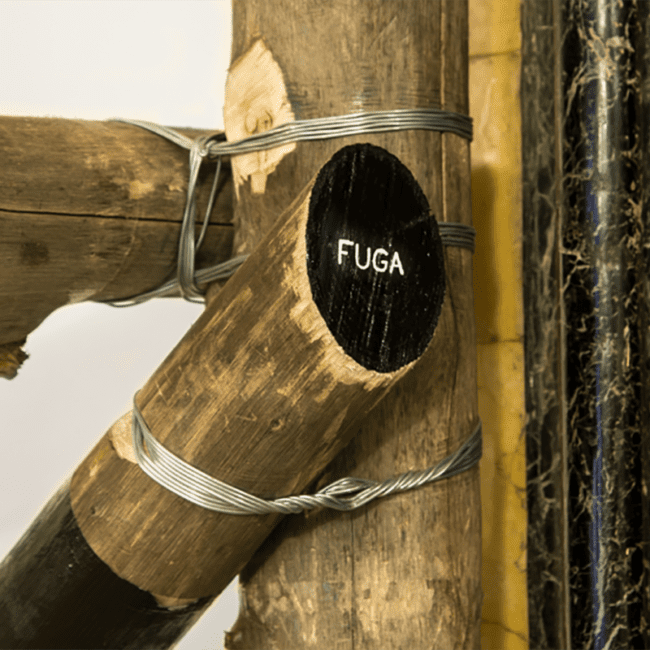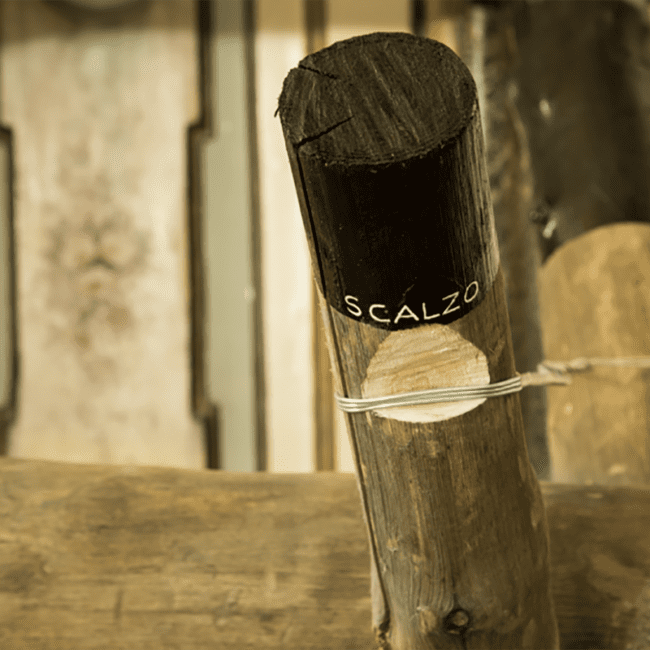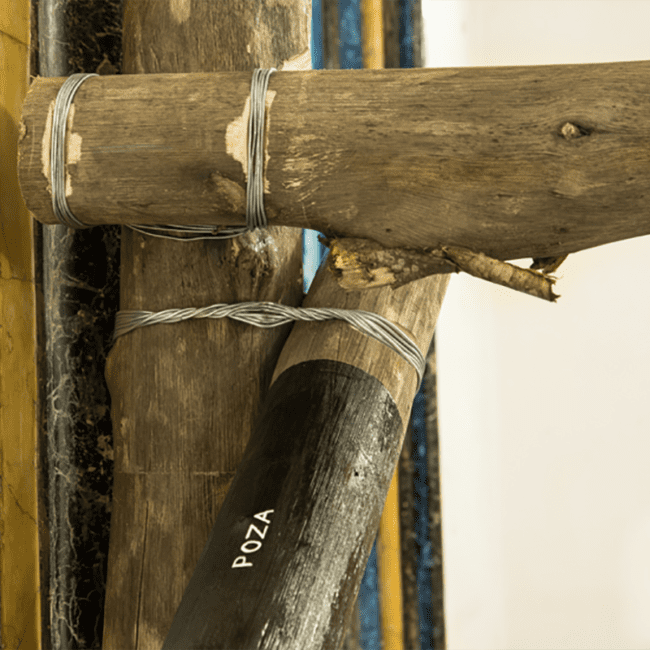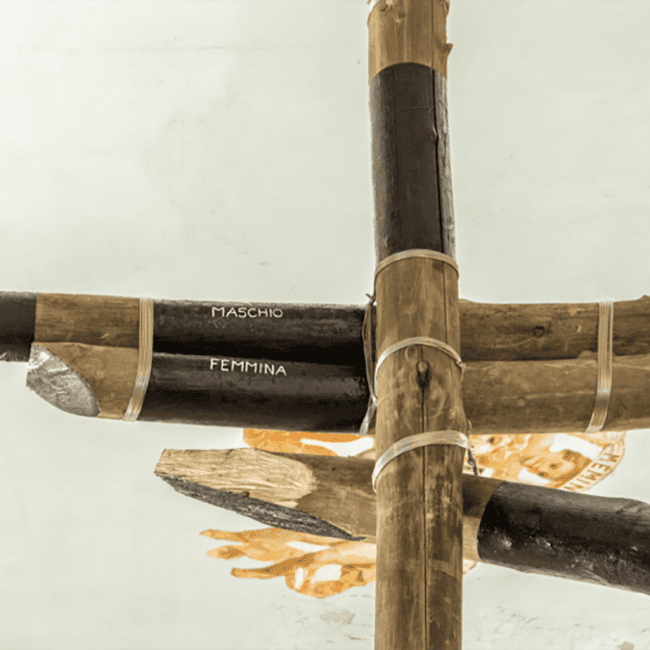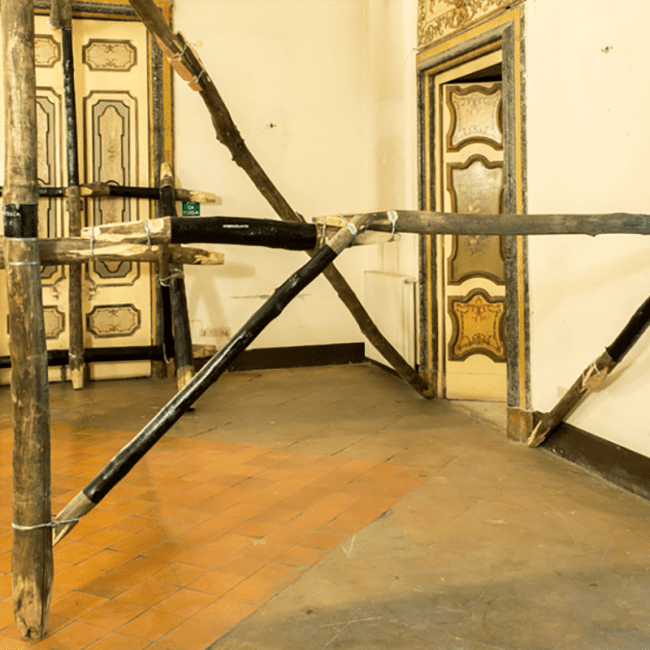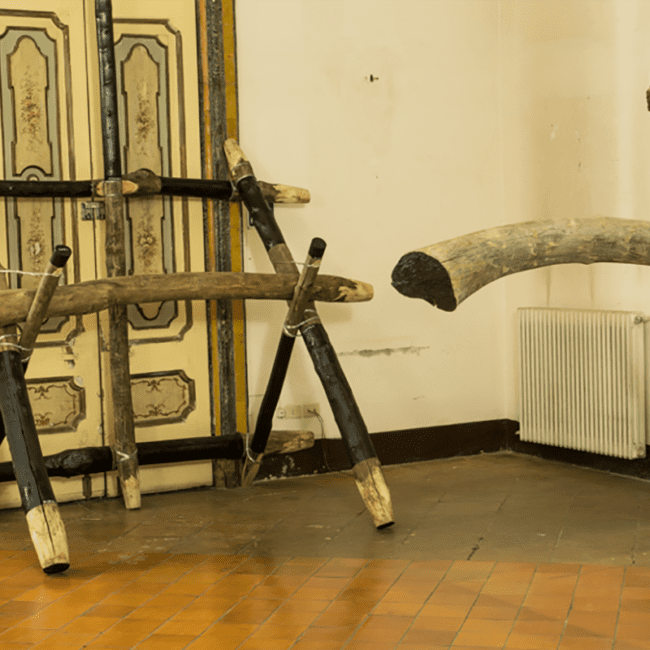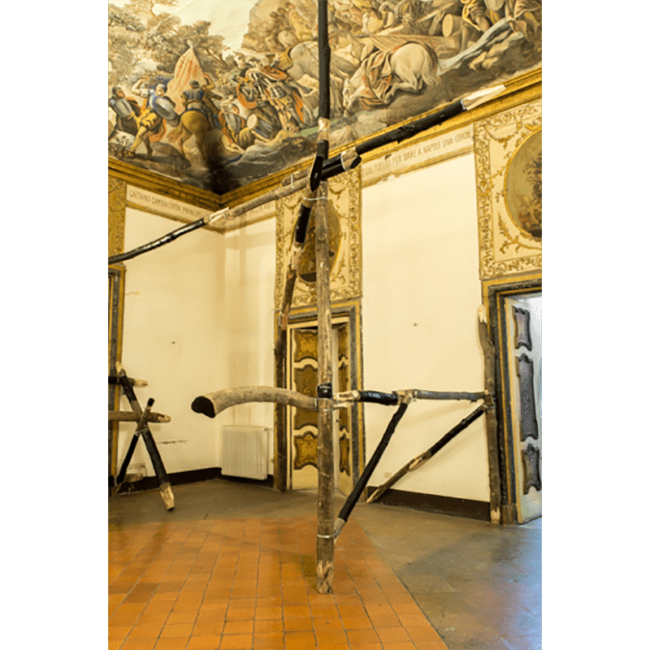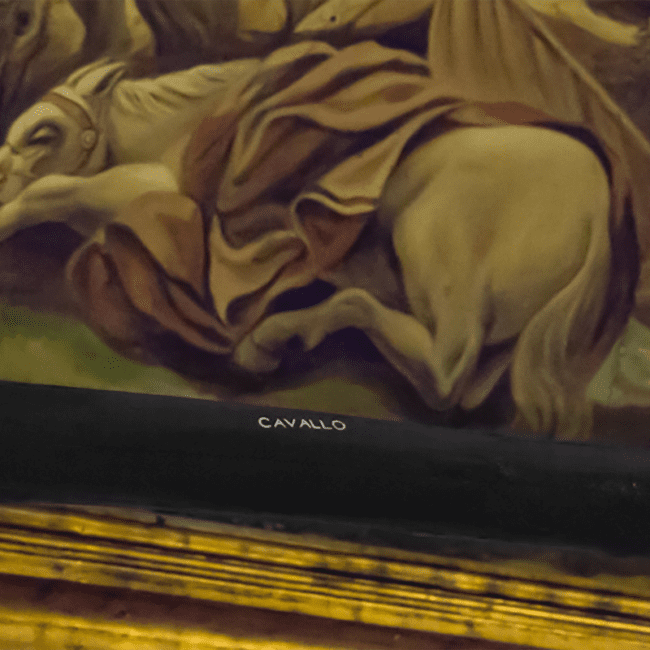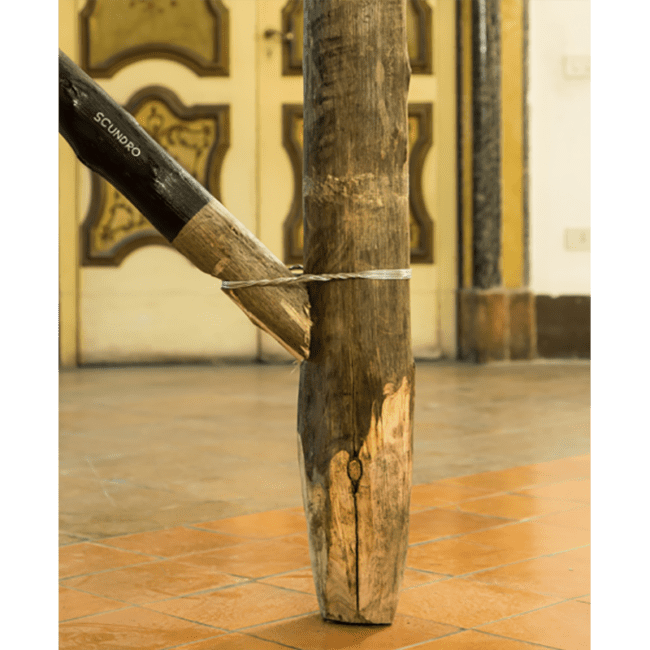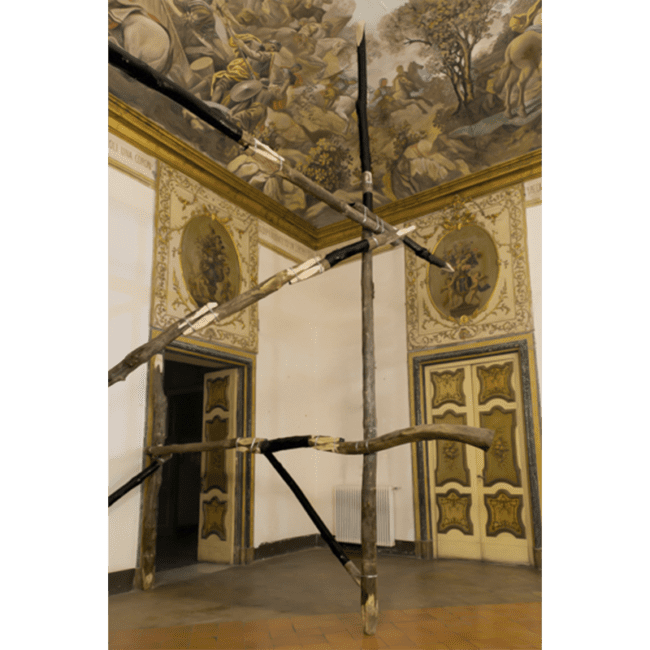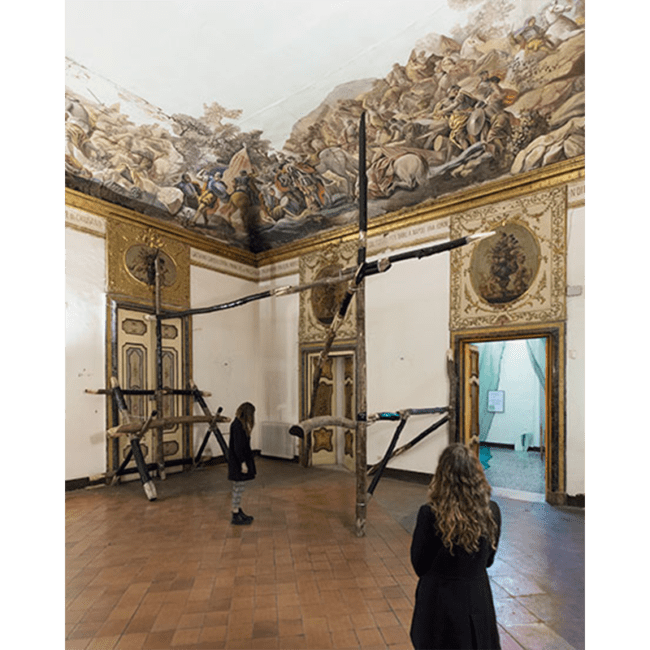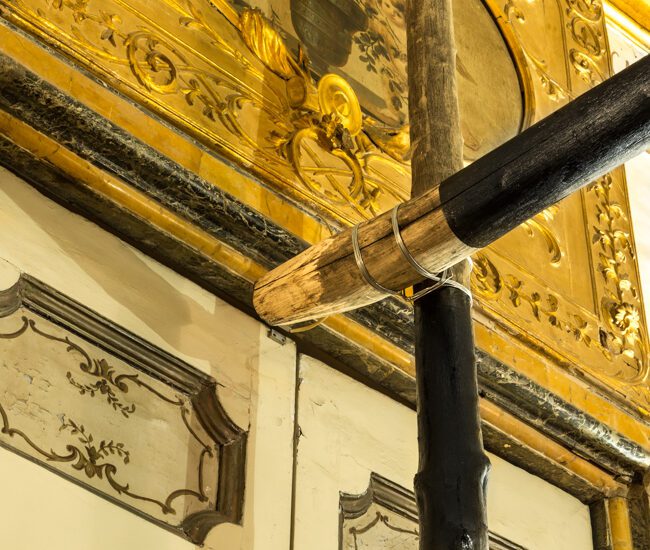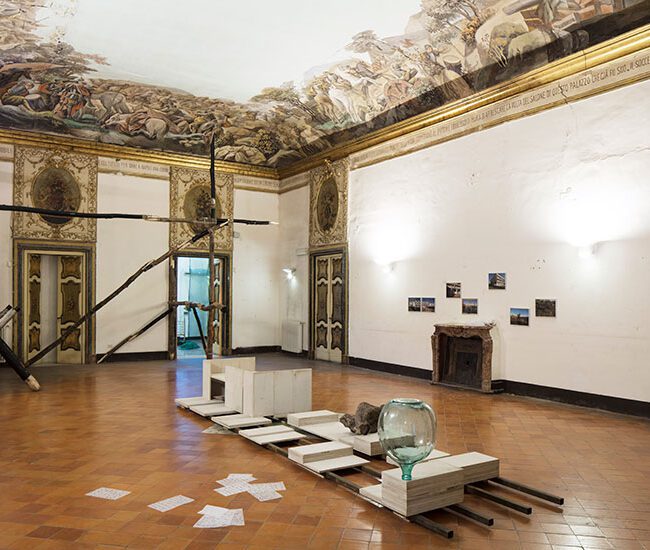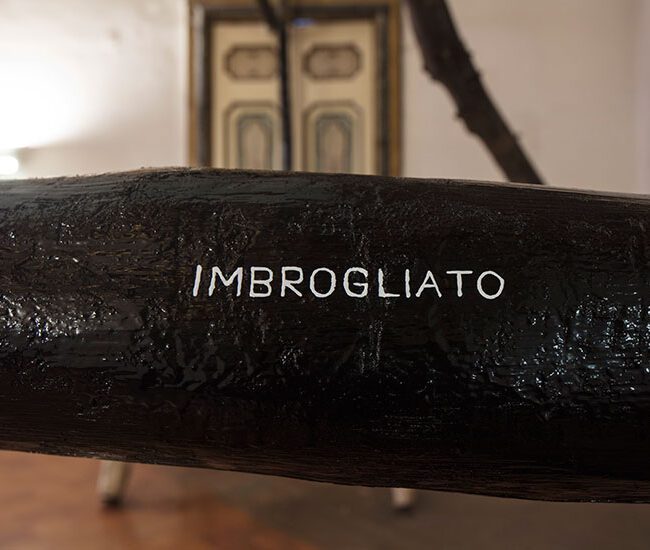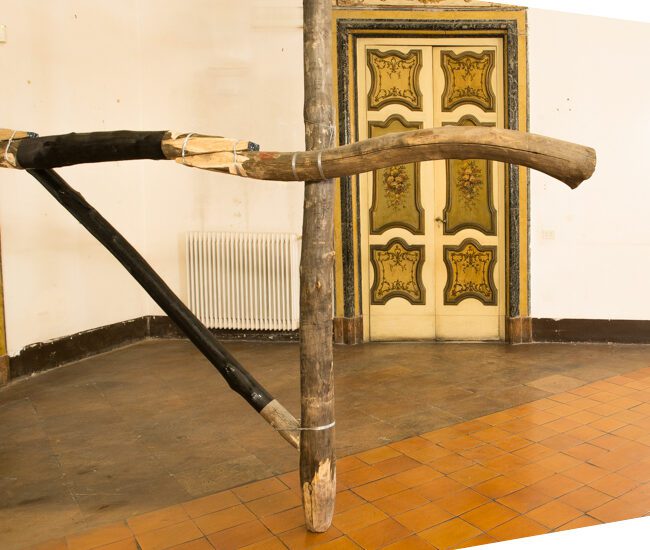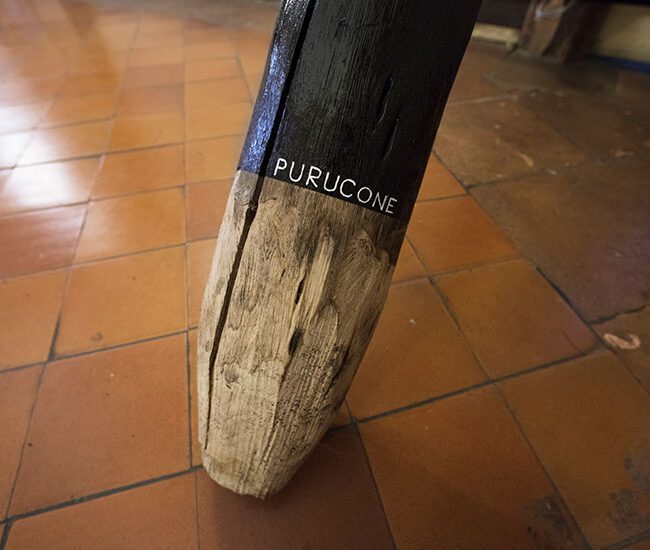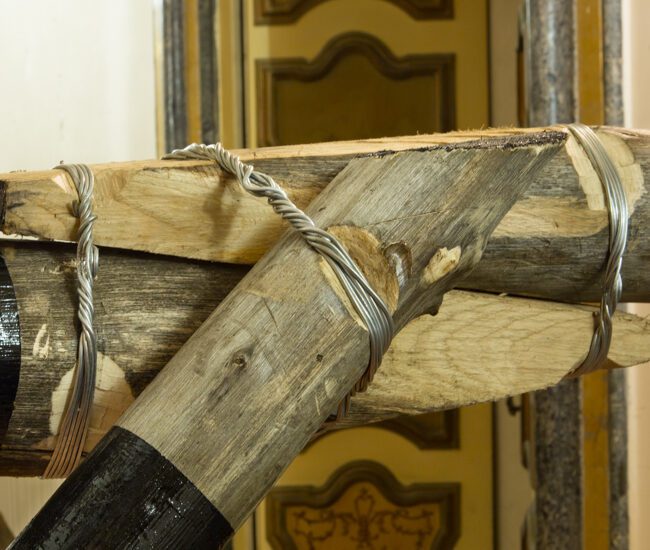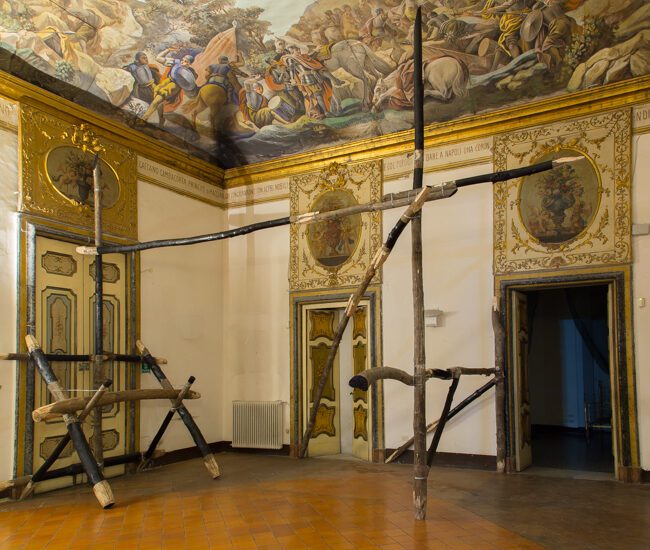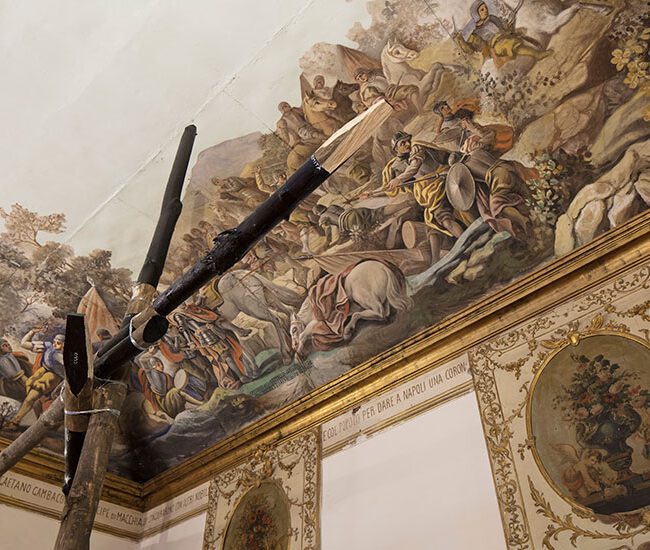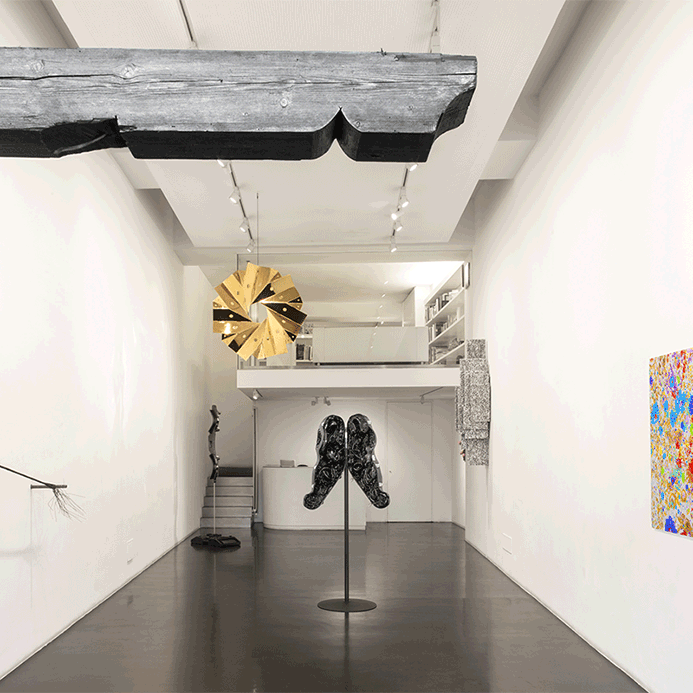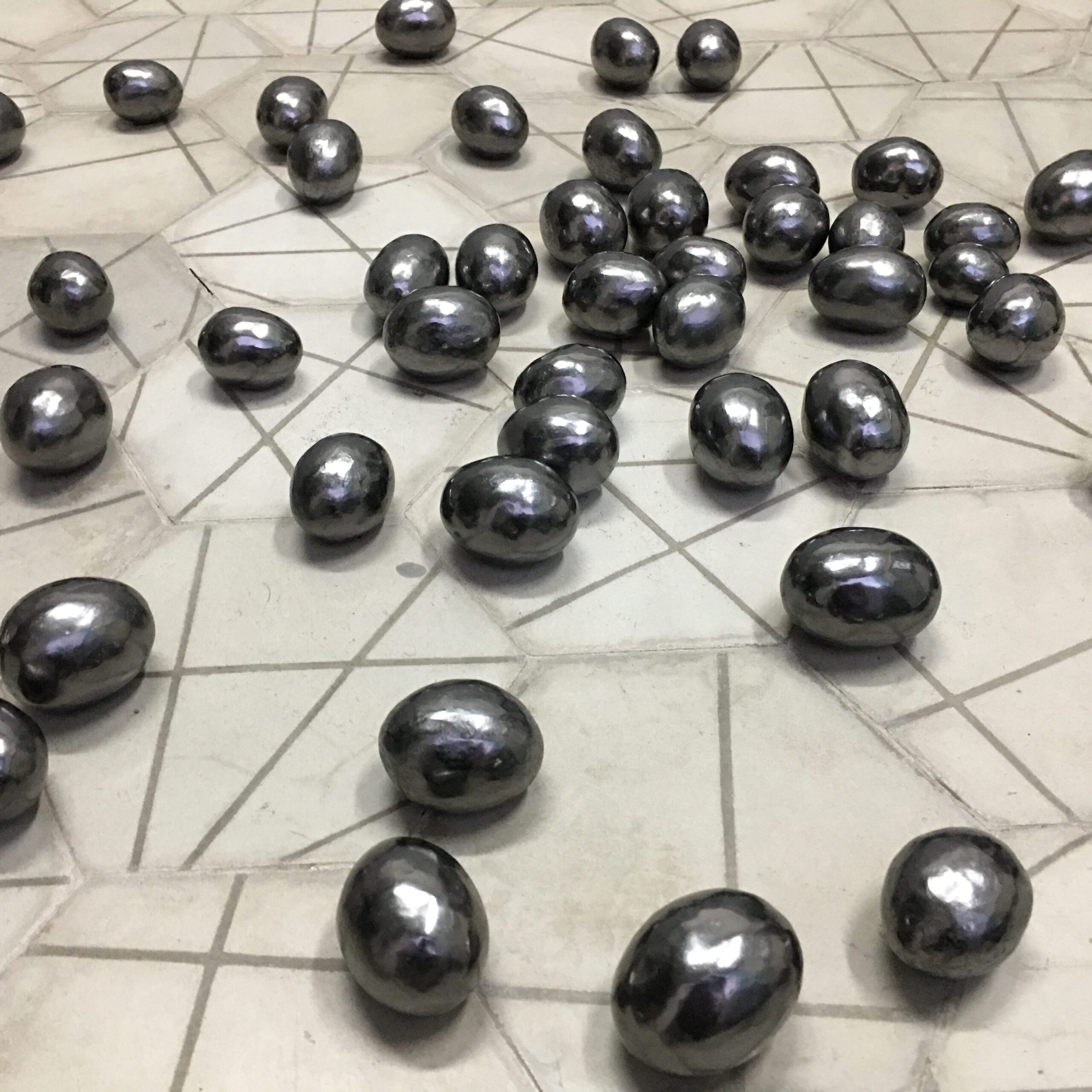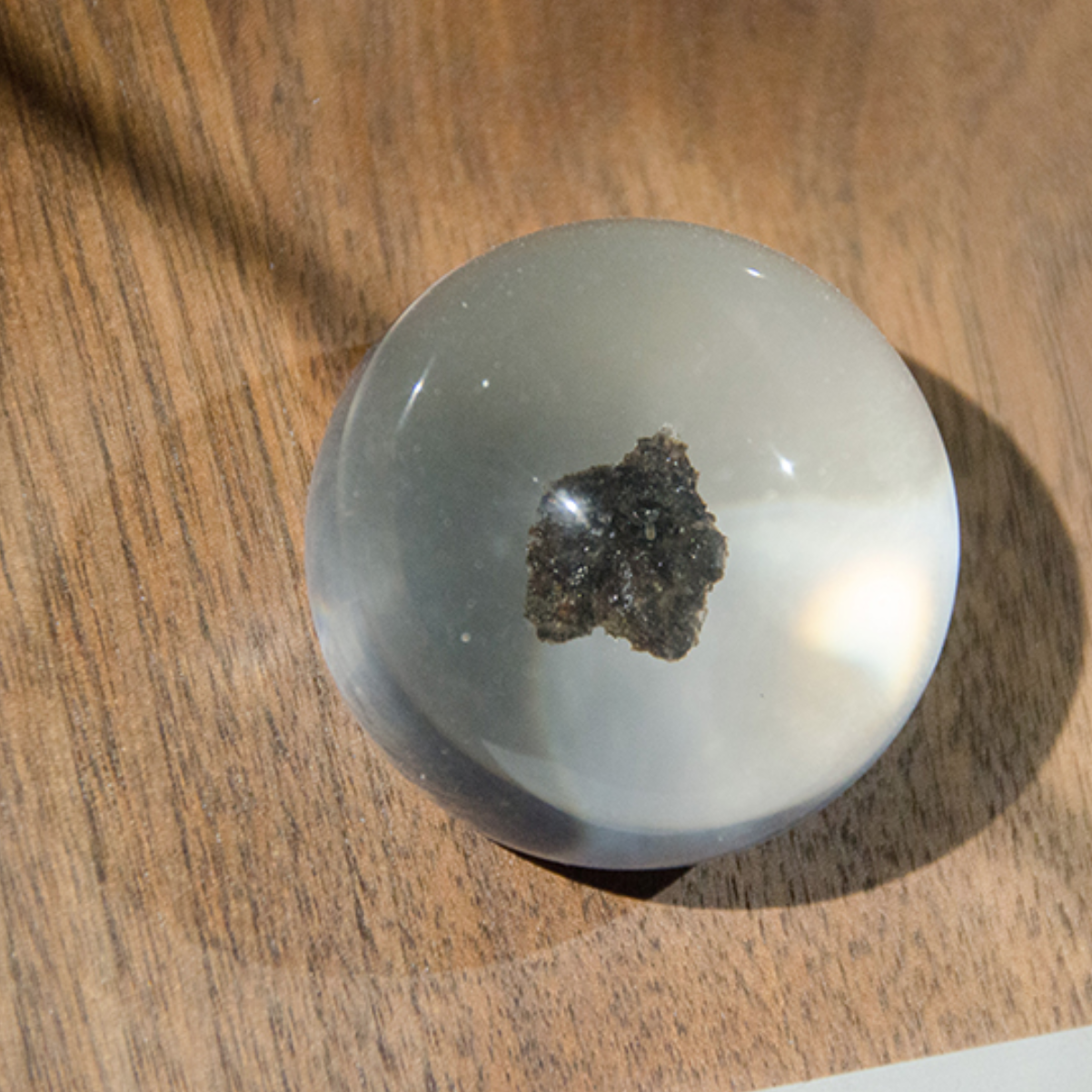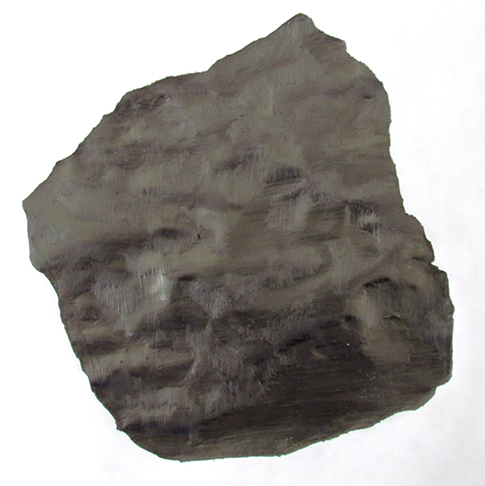As I arrived at the Residency 80121 hosted by Relais Regina Giovanna in Sorrento Italy, I saw local craftsmen build their *pergolatos*—structures made to protect the lemon trees from the wind and the sun. The pergolato is a ‘provisional’ structure. Provisional, as it is made on the terrain without any permanent anchoring. In spite of this, the architectural scale and that the average lifetime of a pergolato is 25 years. Under legal terms, the pergolato is a temporary structure that does not require a license for its construction and is not subject to regulations. Its structural efficiency is based on relations of forces and tension between wooden elements and metal wires.
This was the first time I saw a construction technique that utilised metal wires as a weave. During the Residency, I contacted Tonino, a pergolato master. After the first visit I paid to him, he offered to teach me the pergolato technique. Probably, because it was the first time he saw a Colombian eating a full dish of guts with such passion. During the four-week residency, I assisted to Tonino’s lessons at his plot. The lessons started at 7:30 am in the morning and finished at 1:30 pm lunch time. Rather than following a pre-set methodology, the learning process was empirical. Here, we built structures for his allotment. The first one was a fence, and the one that concluded my training was a chicken box.
I think I speak Italian, but I don’t. Tonino doesn’t speak Italian either; he speaks Sorrentino, a Neapolitan dialect. Yet, I memorised the names of the different parts of the structure. The names describe specific components of the pergolato and the types of actions and forms of joints. This vocabulary embodied the indivisible relation of the technique with the body of the builder, his/her surroundings, the materials employed, and the tools used in the construction of the structure. By learning the words, I learned to weave with metal wire (triple zincatura of 11mm).
The installations _Tarima_ (a term that stands for ‘provisional stage’), was presented at the exhibition Otium—Corruption and the Dash in Naples, Italy (The work Caviglia, a site-specific installation at Relais Regina Giovanna, is an iteration of Tarima). The show synthesised projects developed during the Residency 80121 by the participant artist: Zehra Arslan, Raffaela Naldi, Susanne Winterling and myself. The mentors of the Residency also participated in the show: Maria Teresa Alvez and Jimmy Durham. The exhibition location was Palazzo Marigliano. The space was the Waltz room of the Palazzo, which was built during the baroque period. The ceiling of the room is covered with a fresco that commemorated a battle of the Meming family, who built the palace in the 1700s. Some parts of the fresco are original and others where restored in 1956 after the bombing of the palace during the WW2. The installation Tarima does not depart from the soil, as the Pergolato technique does. Instead, it parasites the structure of the Palazzo to support itself. The structure is a synthesis of all the possible combinations employed in this folk construction technique. The different parts of the structure that are considered independent parts with unique names are marked with black paint. On top of each part, I wrote the words used by the craftsmen to refer to specific sections of the structures. In order to build the vocabulary, I asked different Pergolato masters and workers to write them down for me. Each person wrote it in a distinct way; when confronted with the discrepancies, they argued that they had never written the words before.
Otium – Corruption and the Dash:
Artists: Maria Thereza Alves – Zehra Arslan – Jimmie Durham – Raffaela Naldi Rossano – Santiago Reyes Villaveces – Susanne Winterling
Venue: Palazzo Marigliano, Via San Biagio dei Librai 39, 80138 Naples
Dates: November 19 / December 9 2017
Opening: November 18 2017
Special Thanks to:
Ana Paula
Tonino
Nelo
Giuseppe
Gianluca
Maria Teresa
Jimmie
Alfonso
